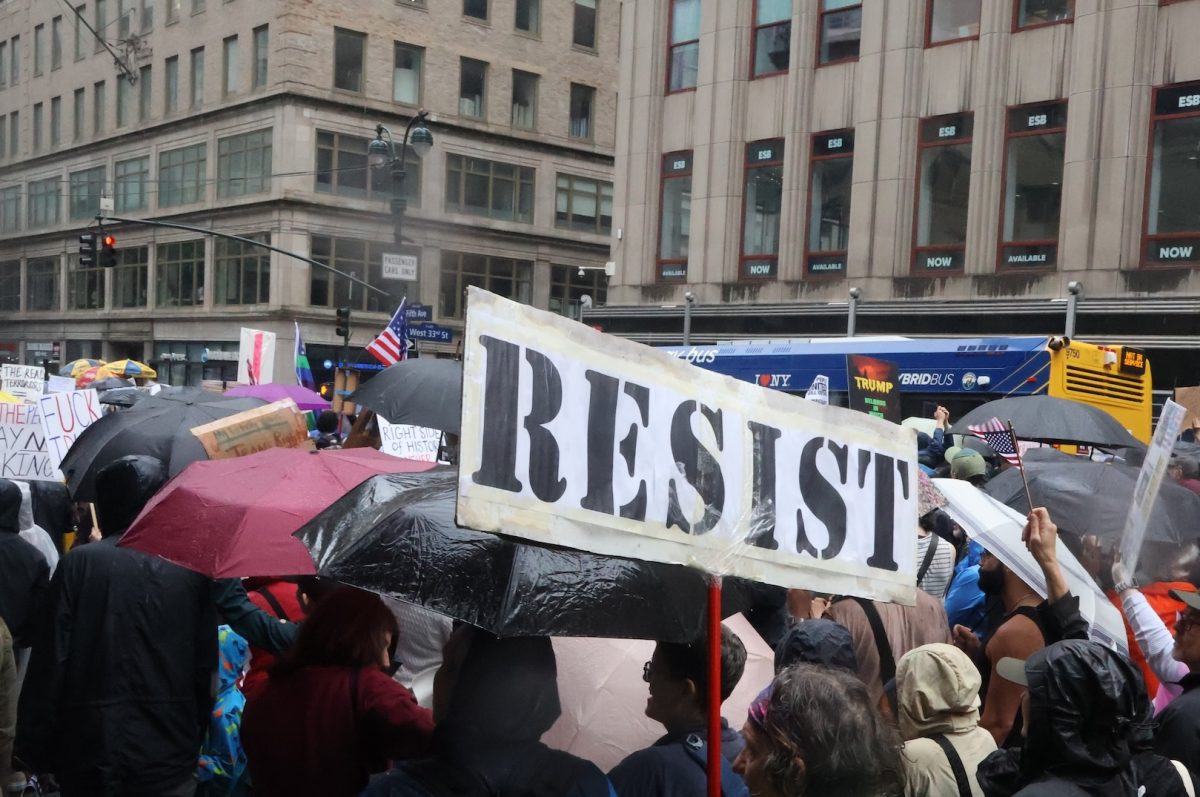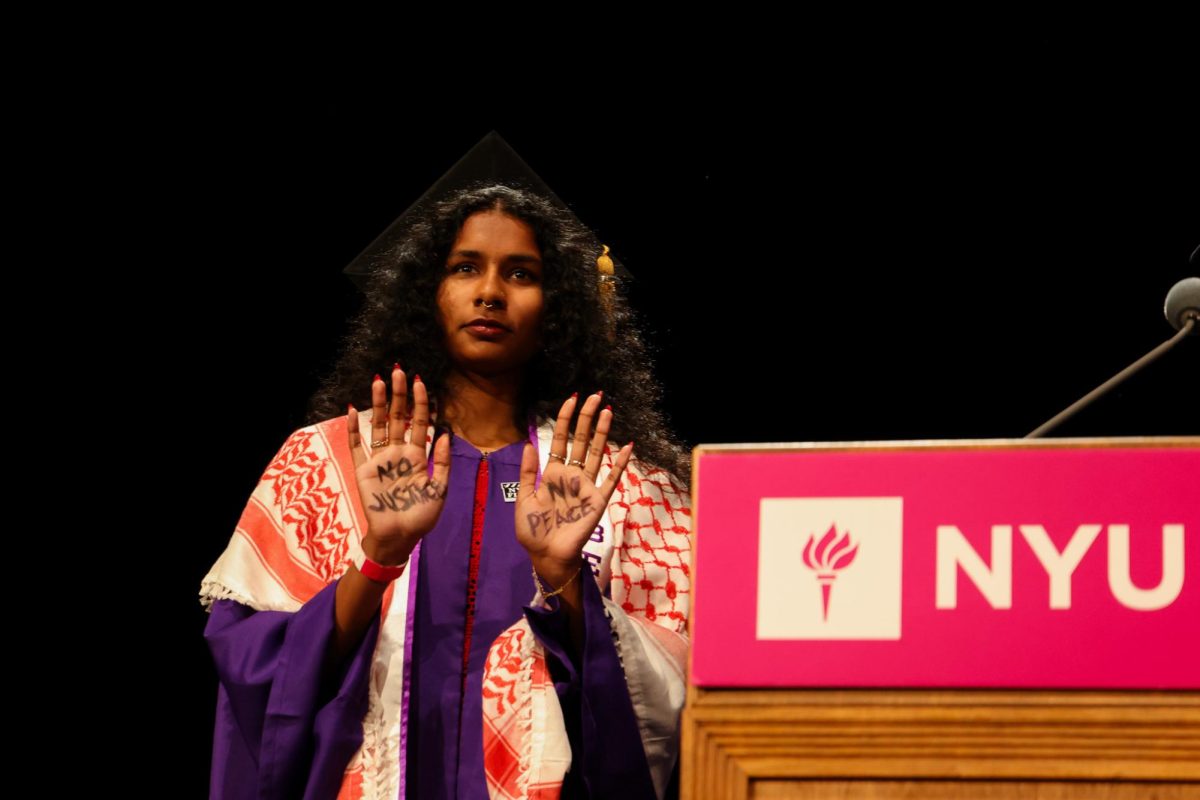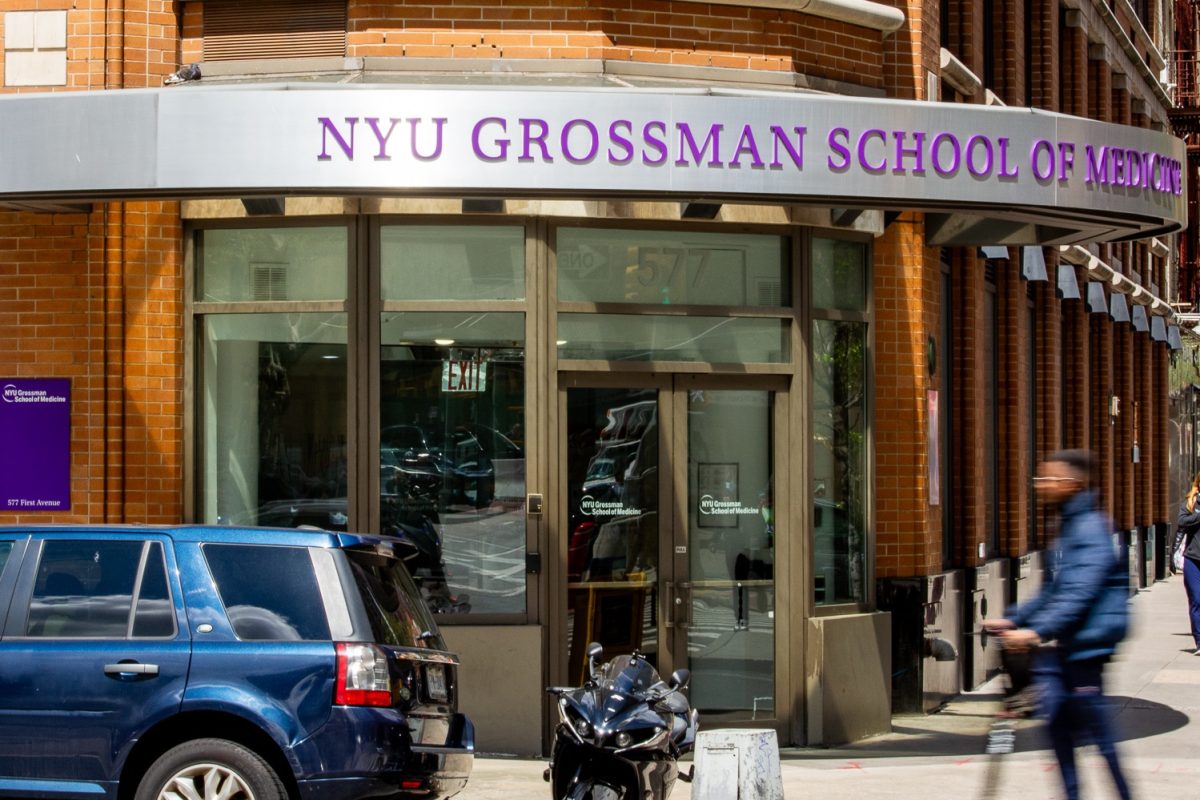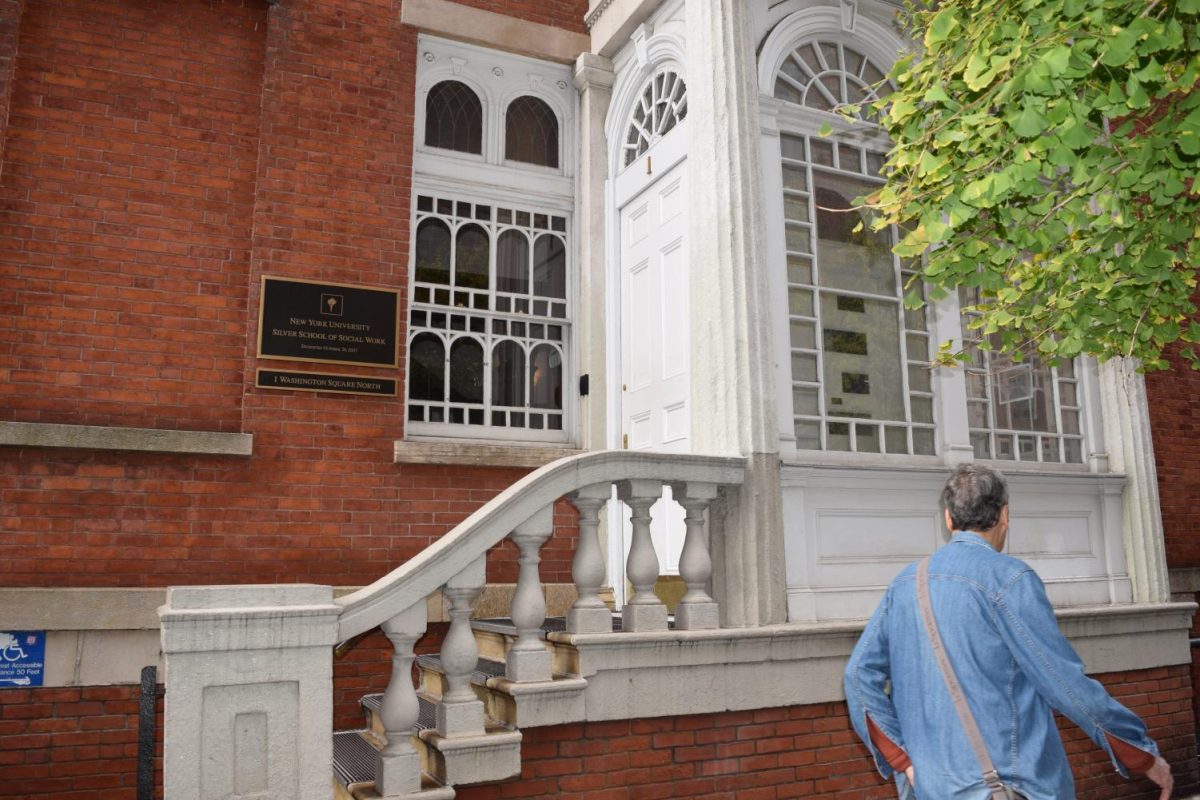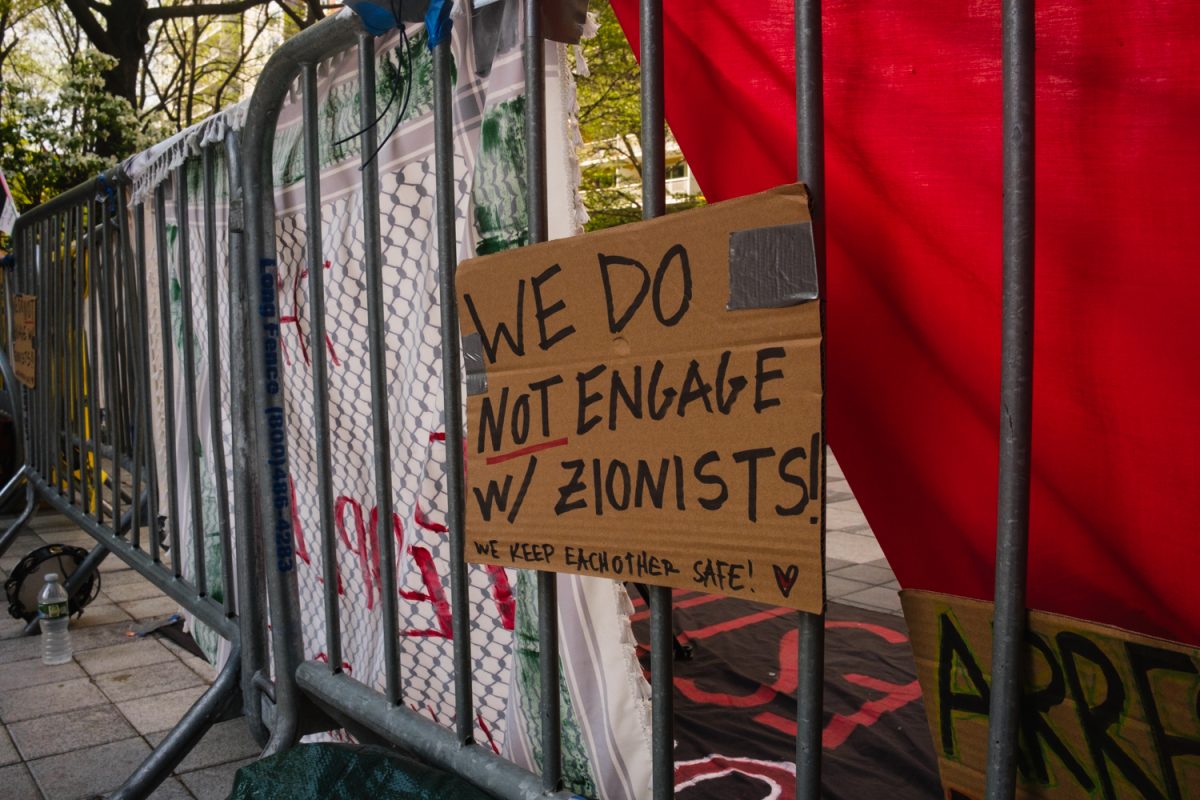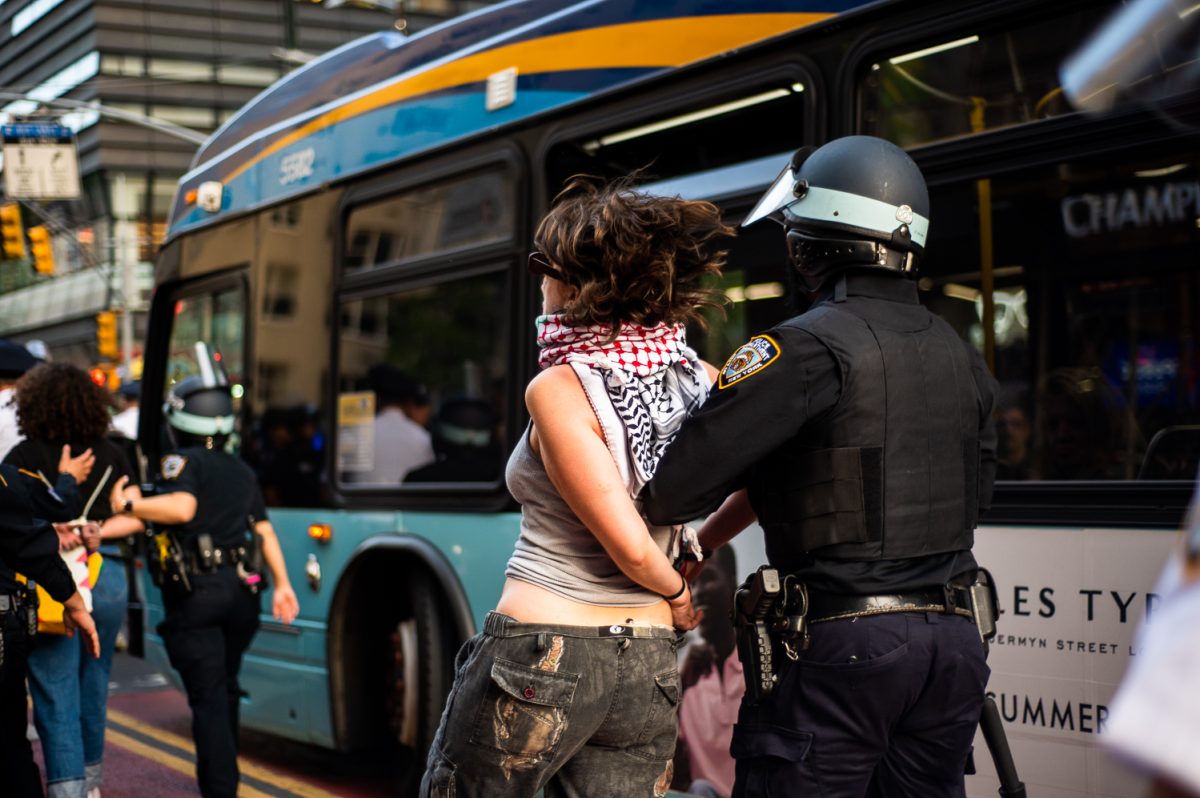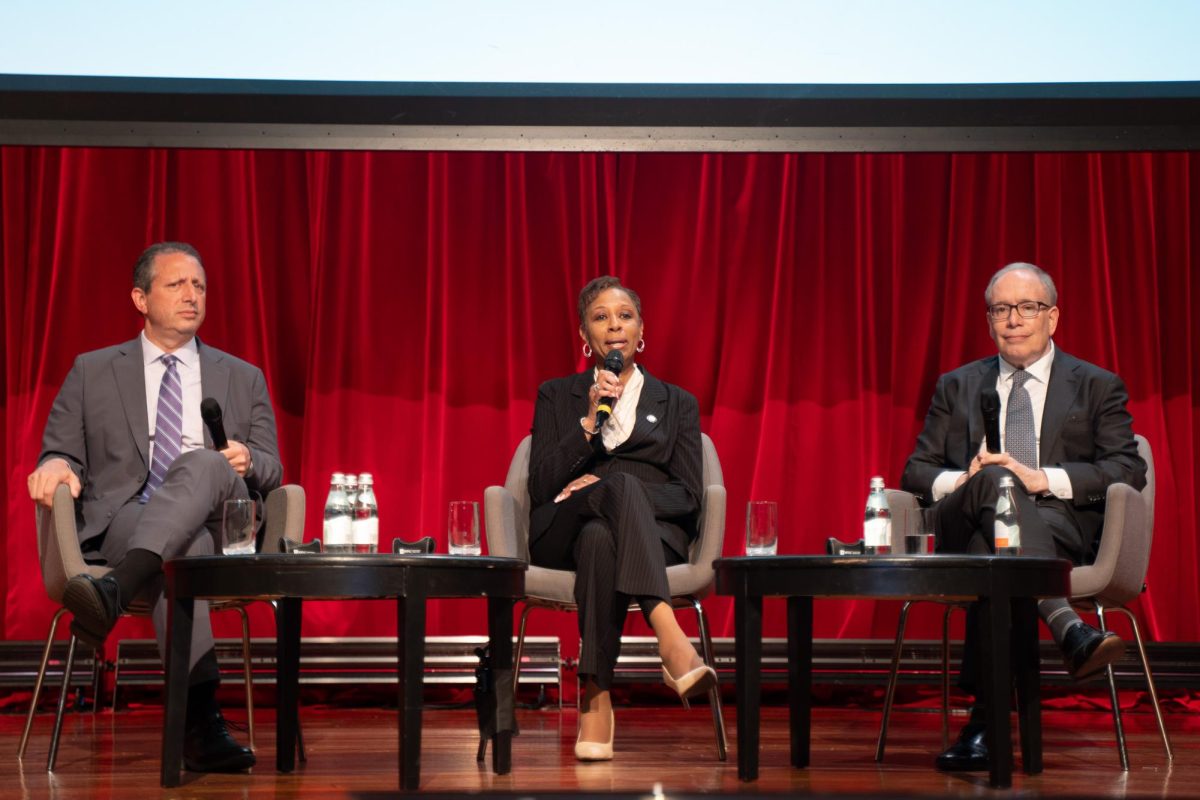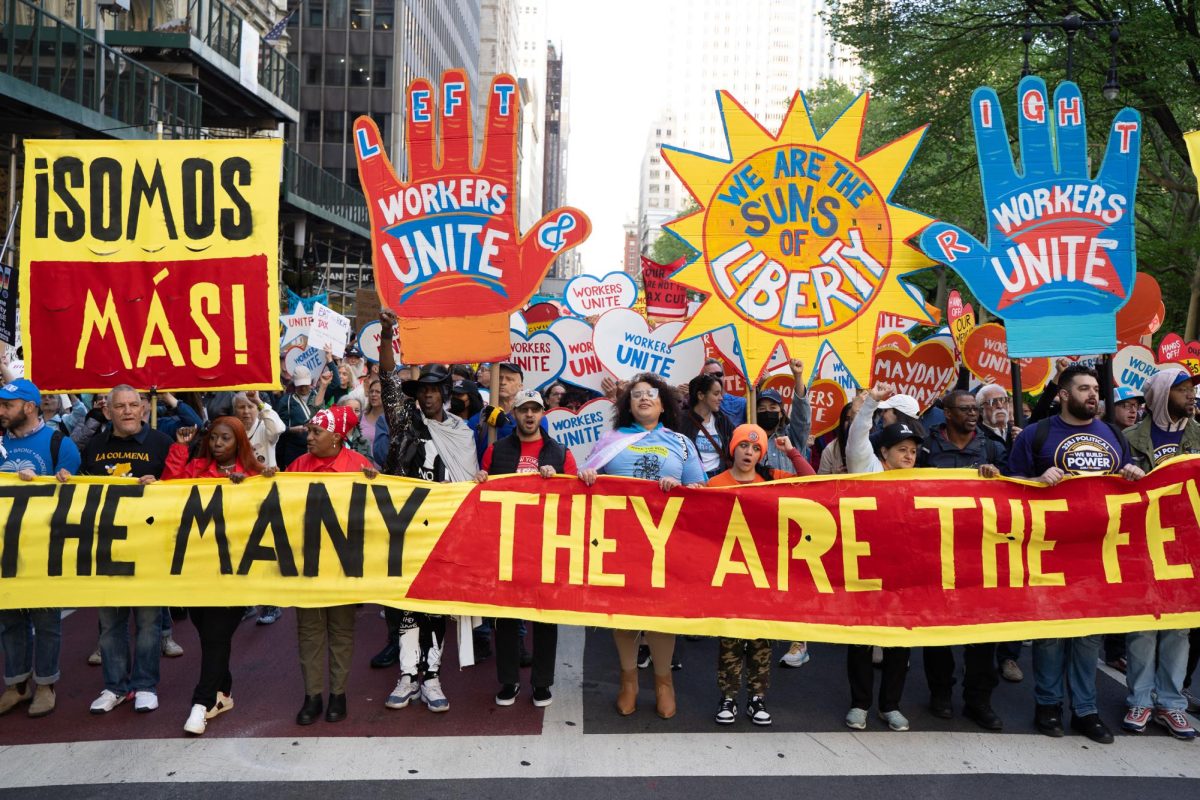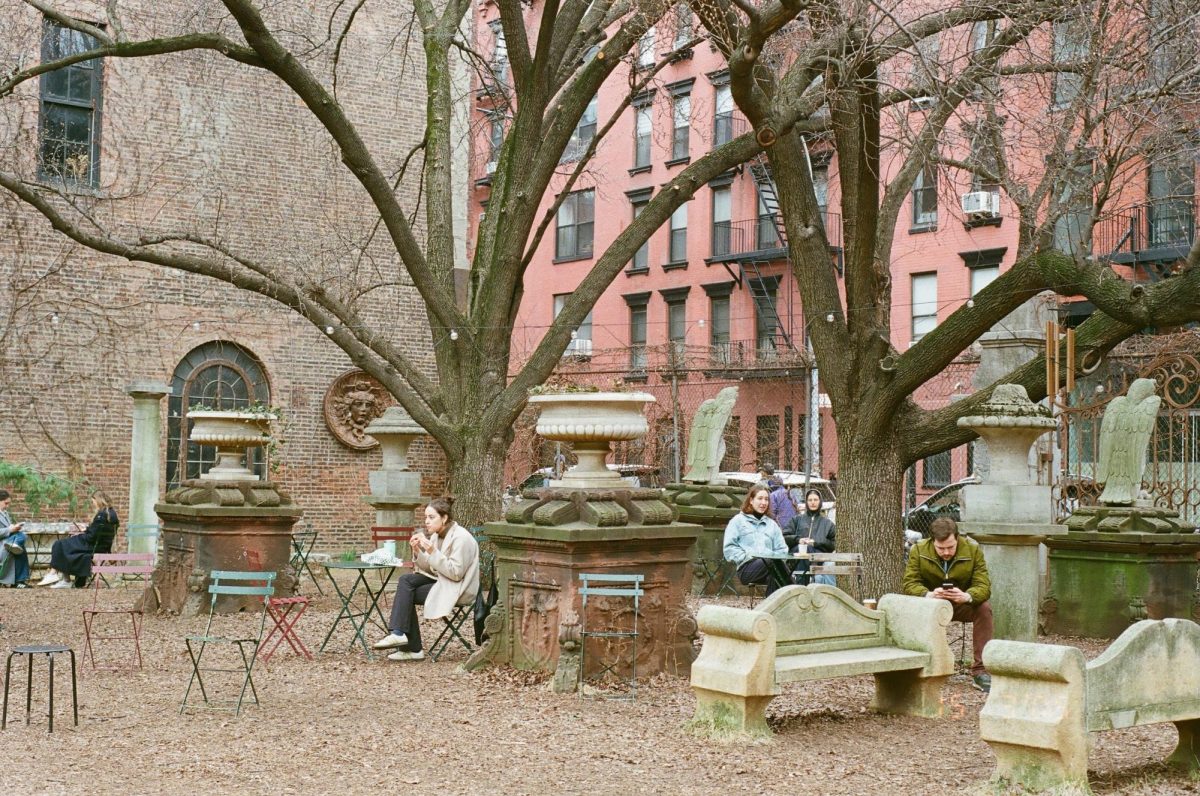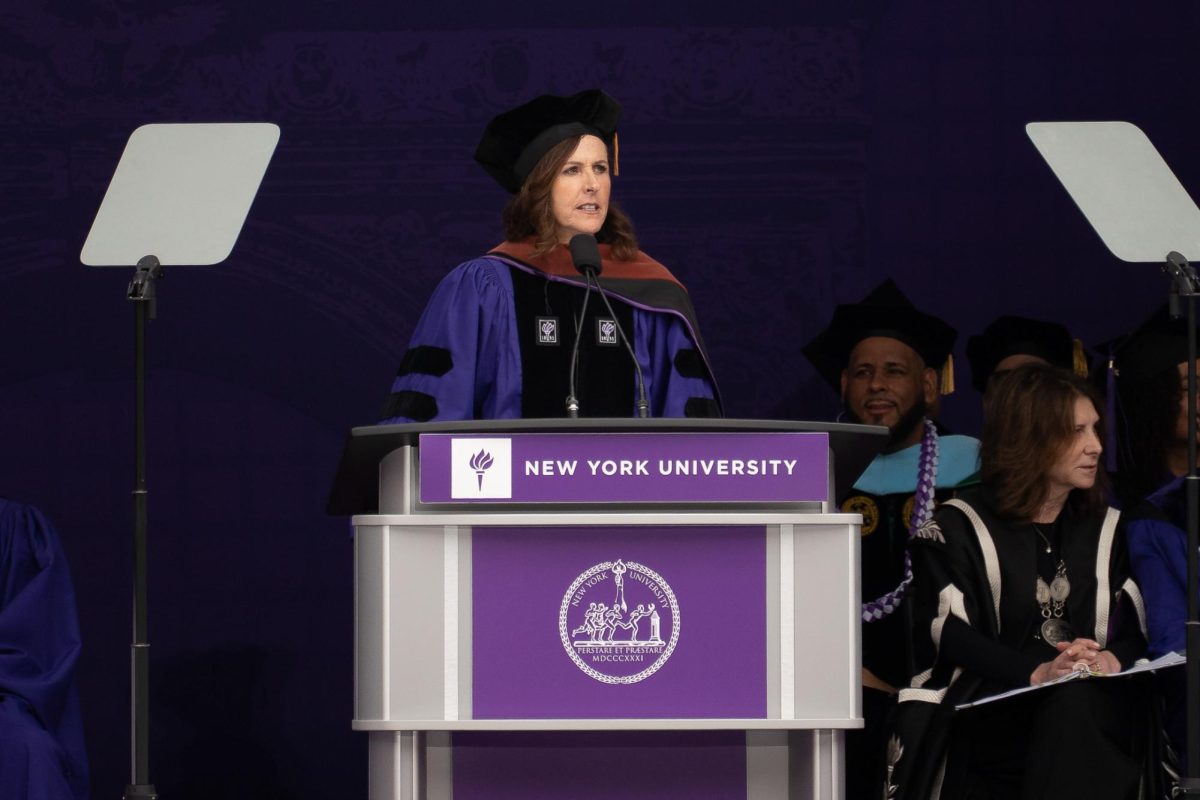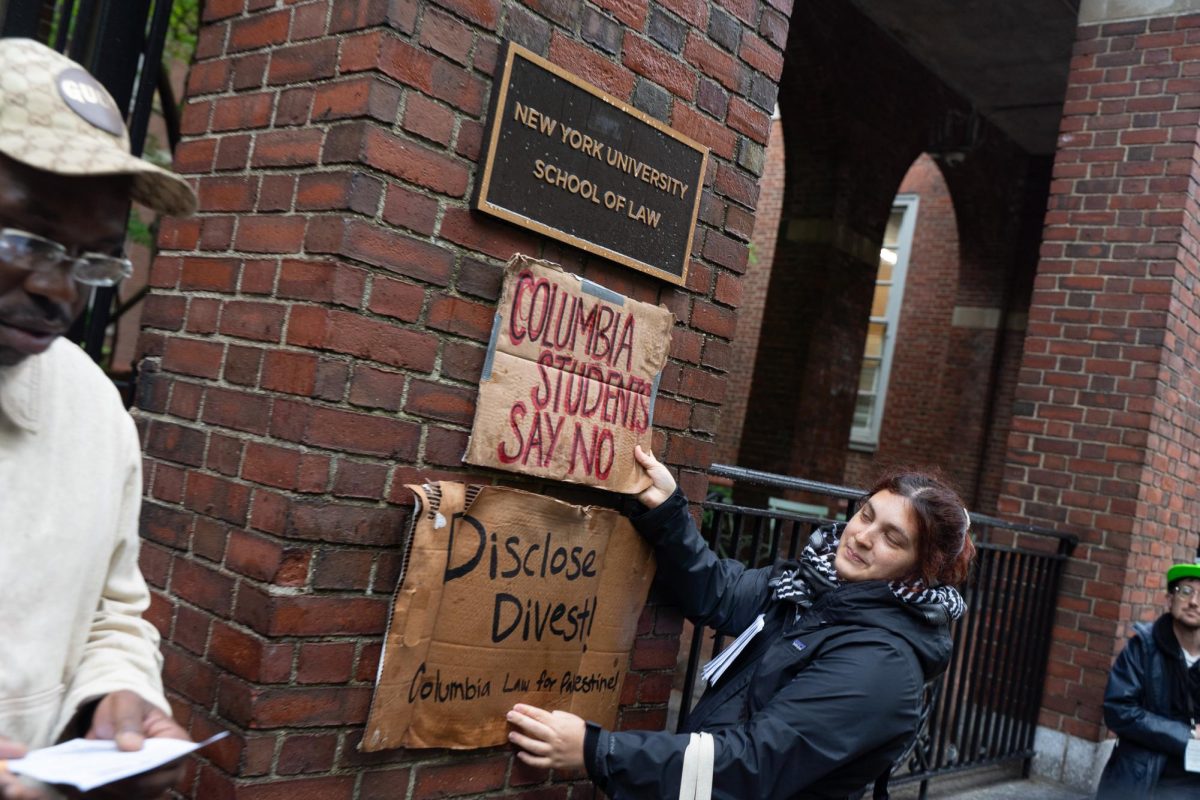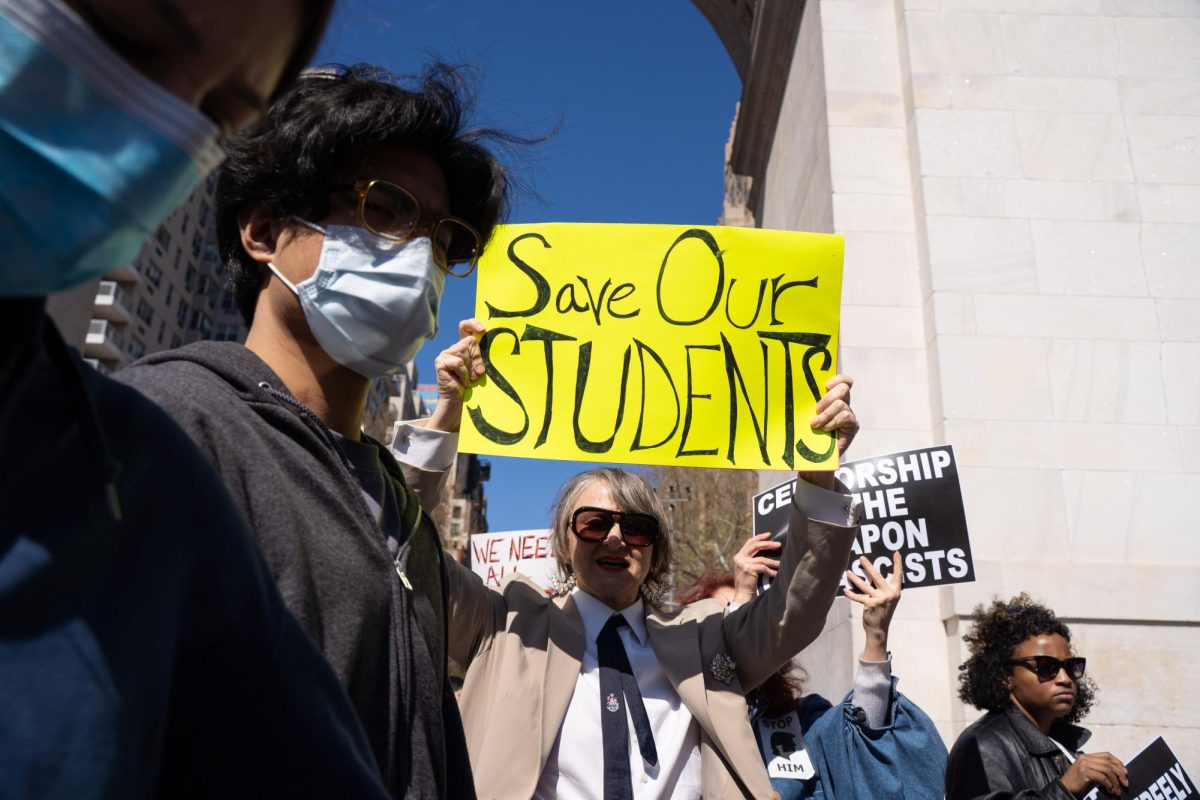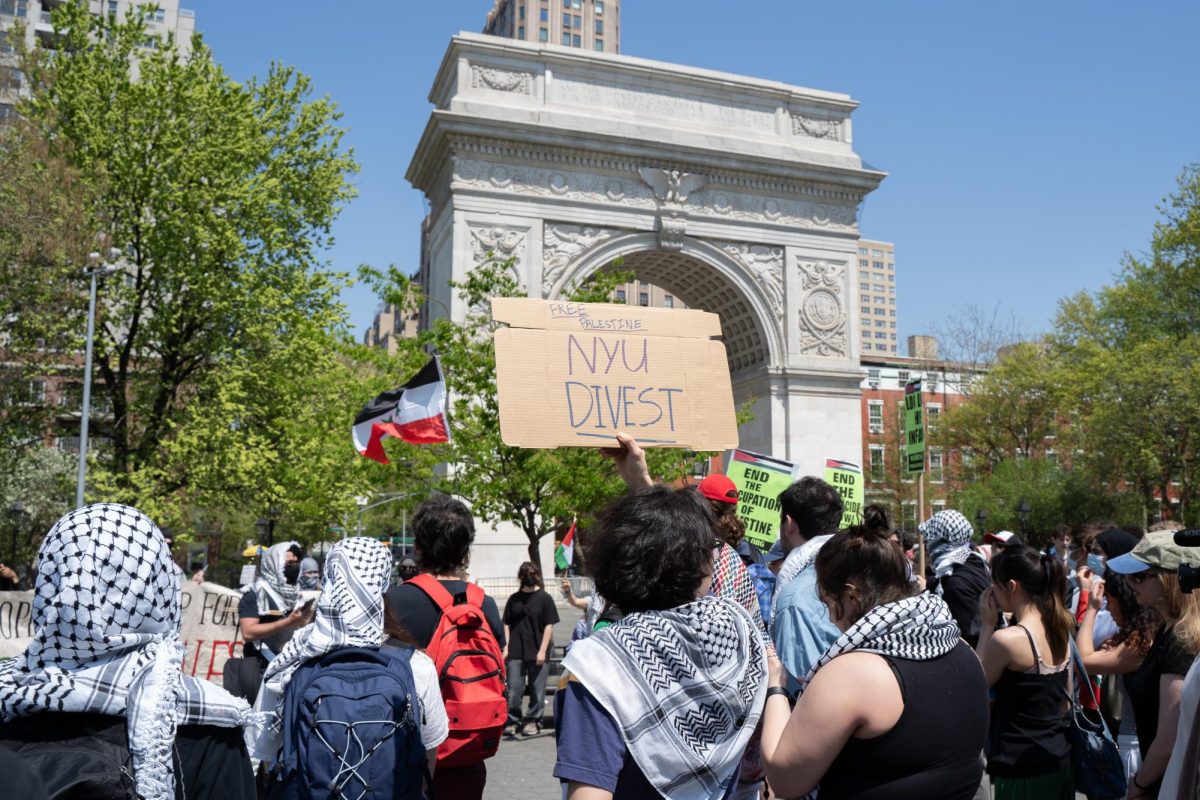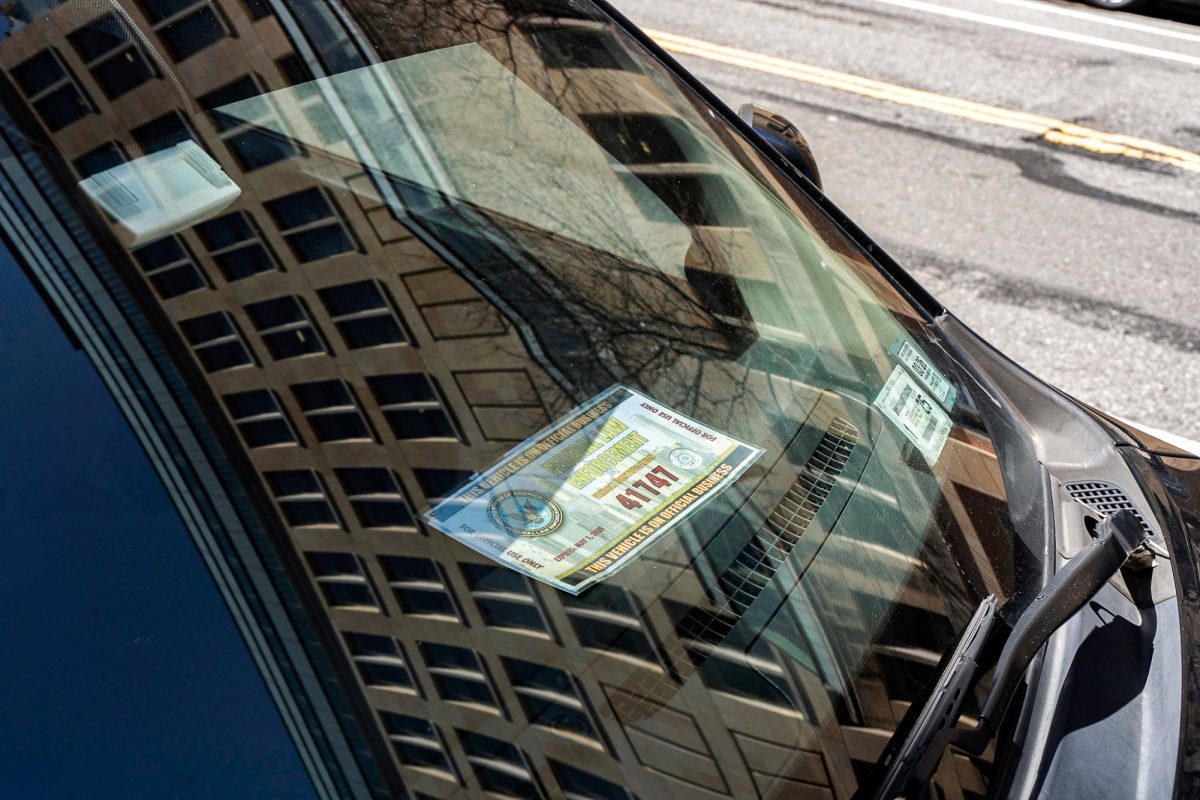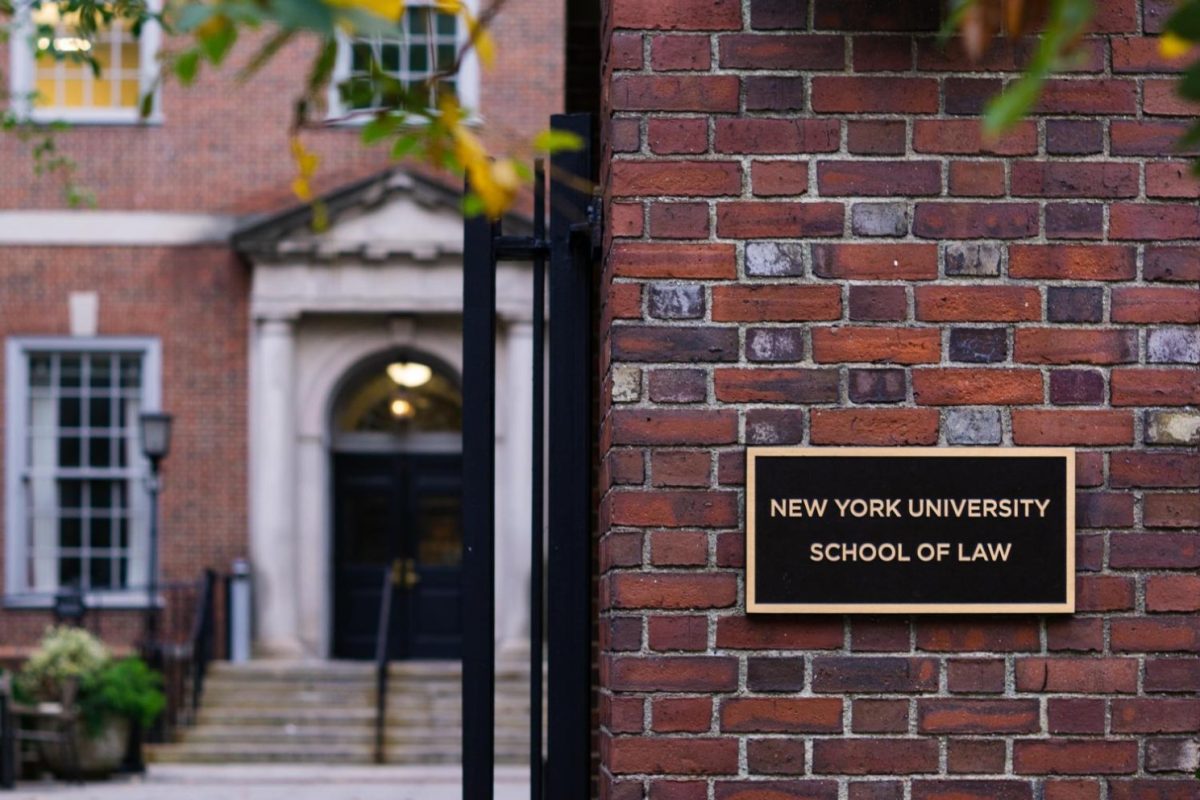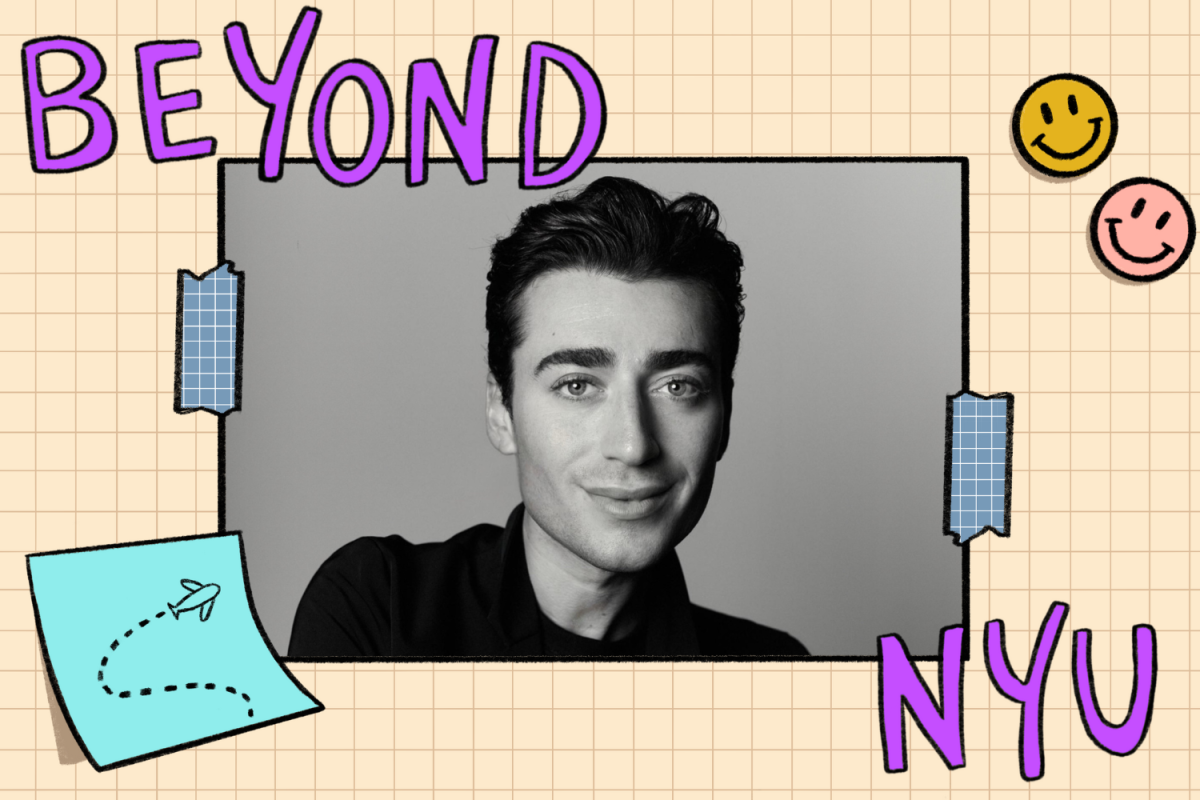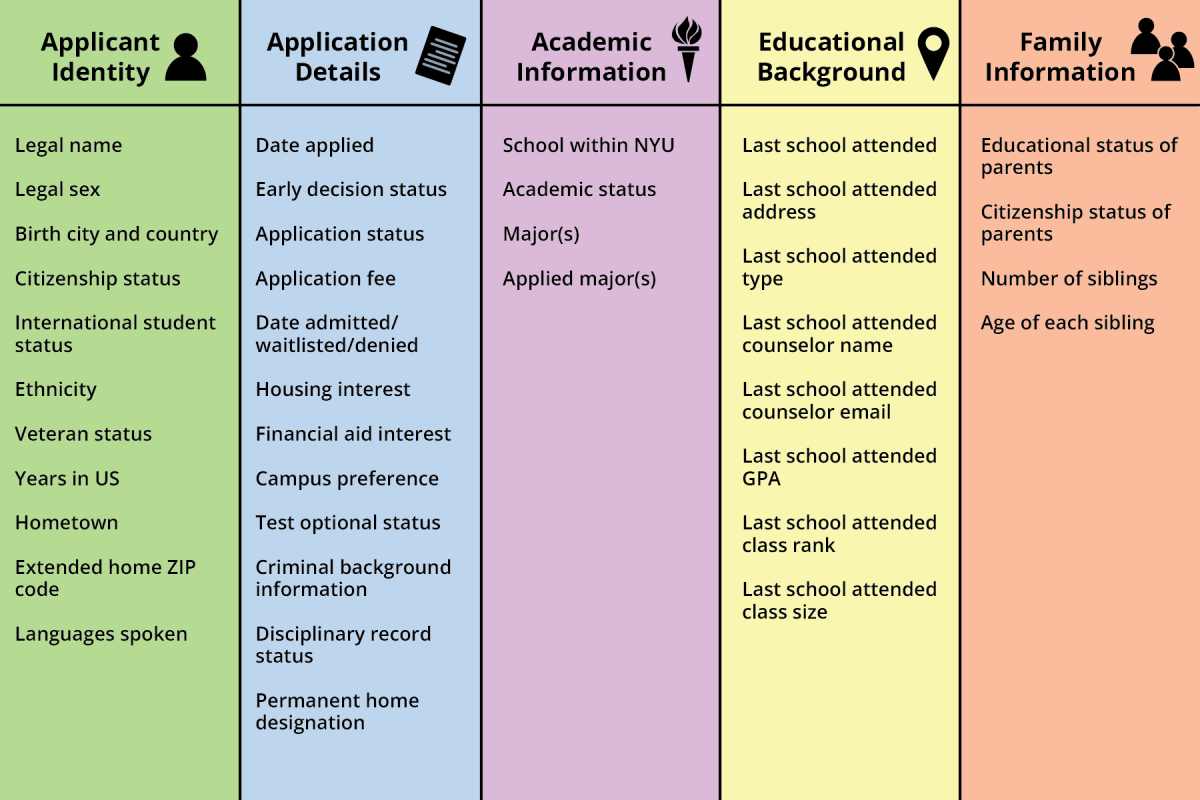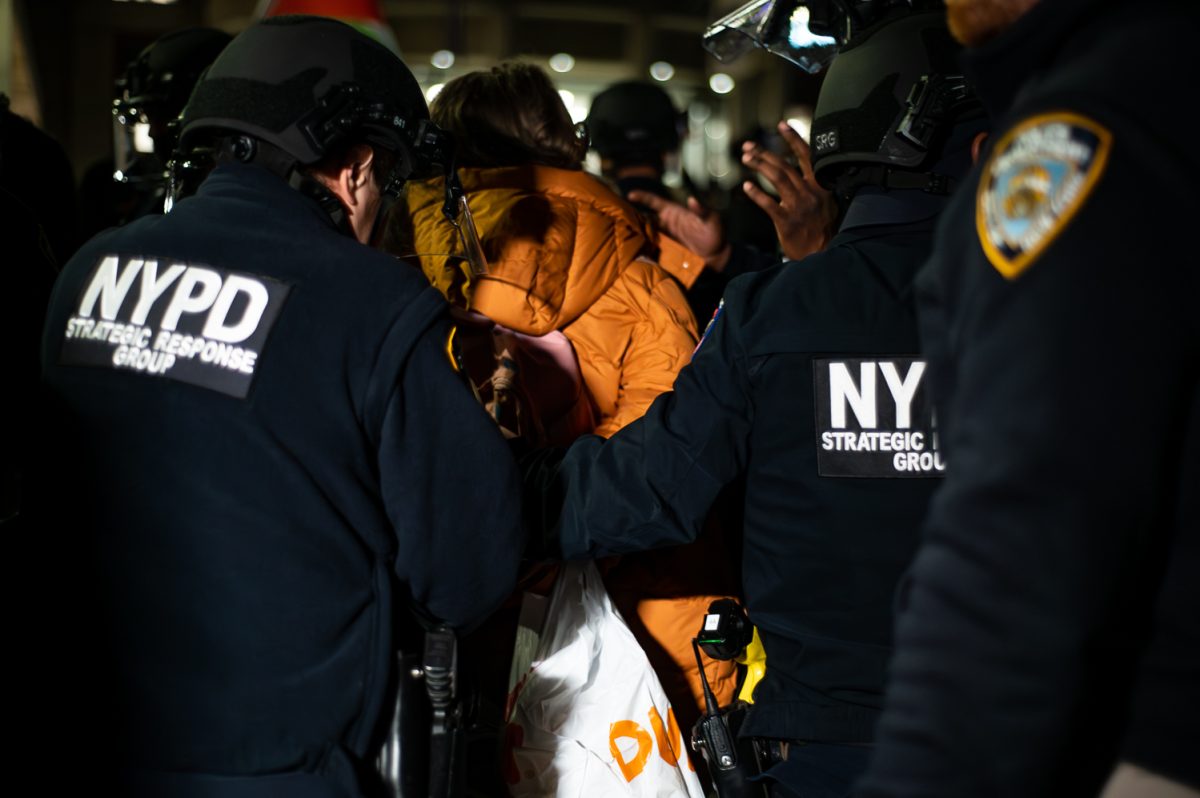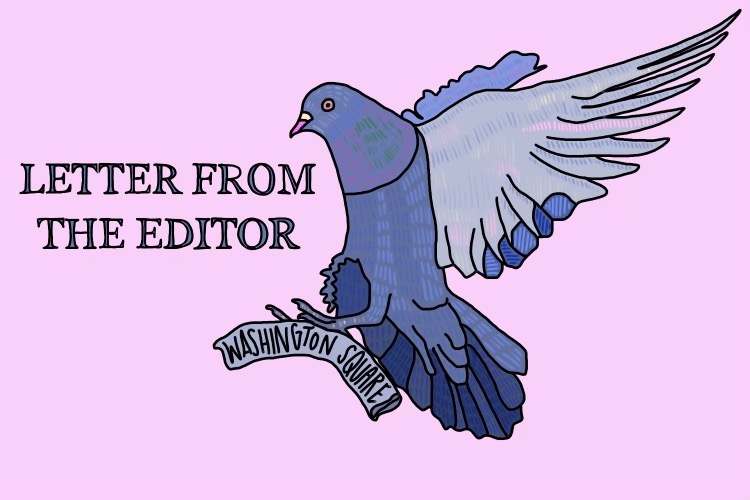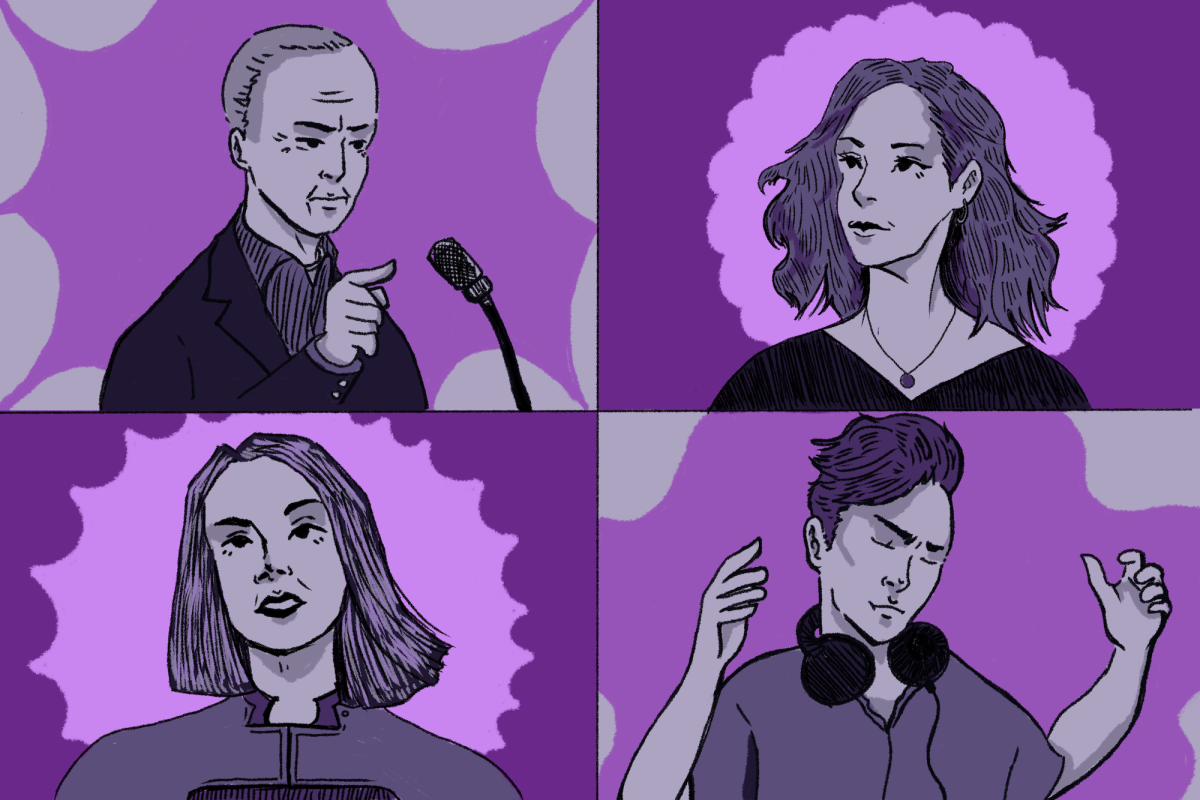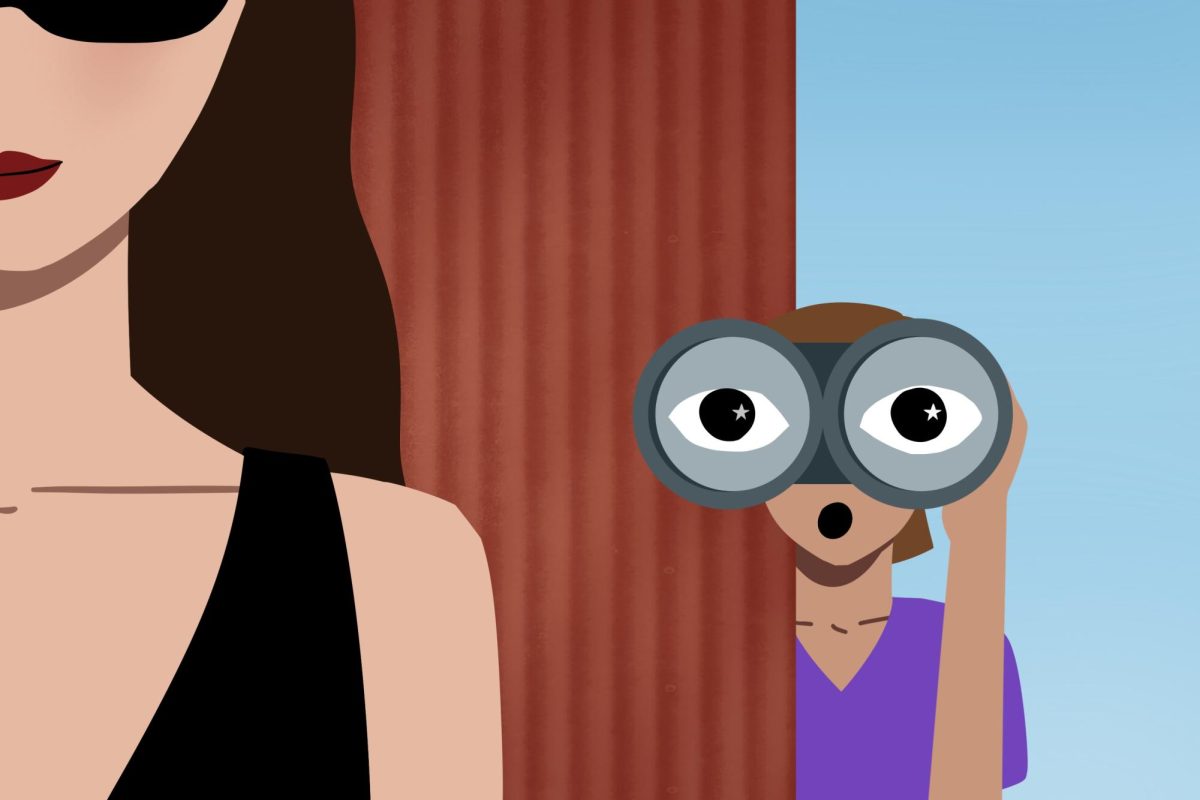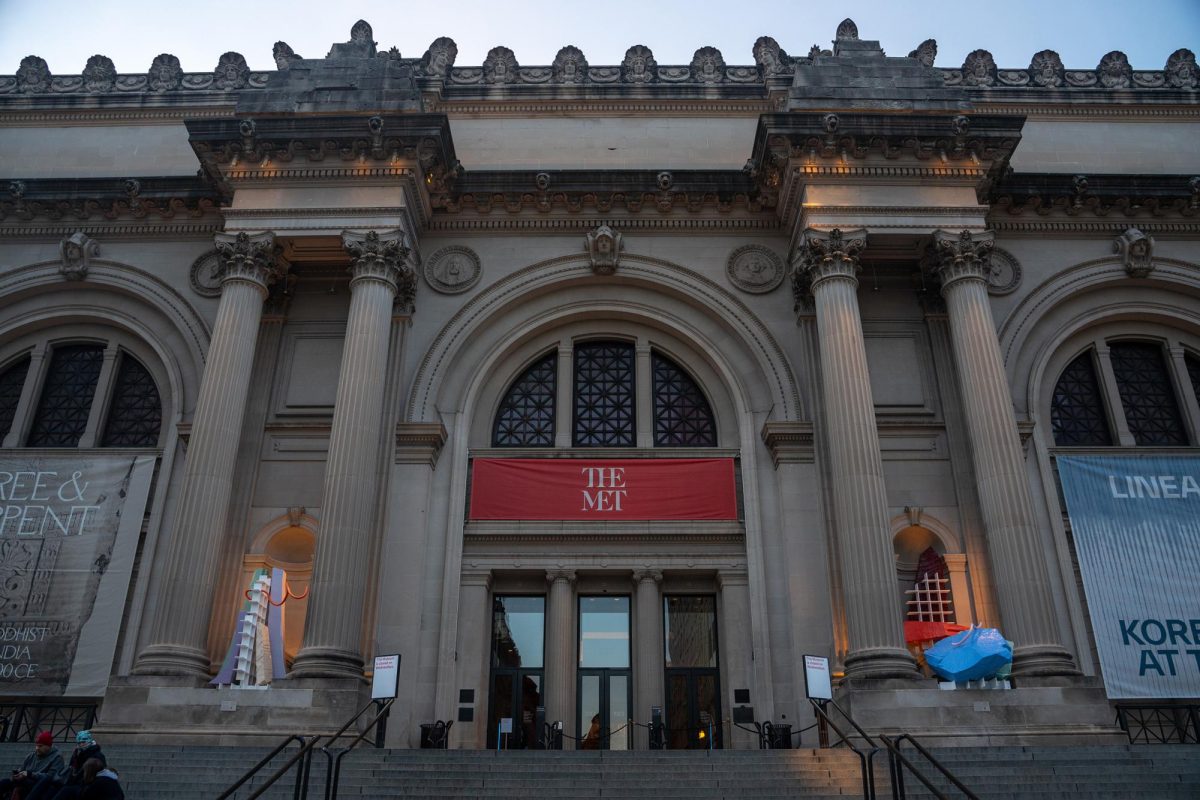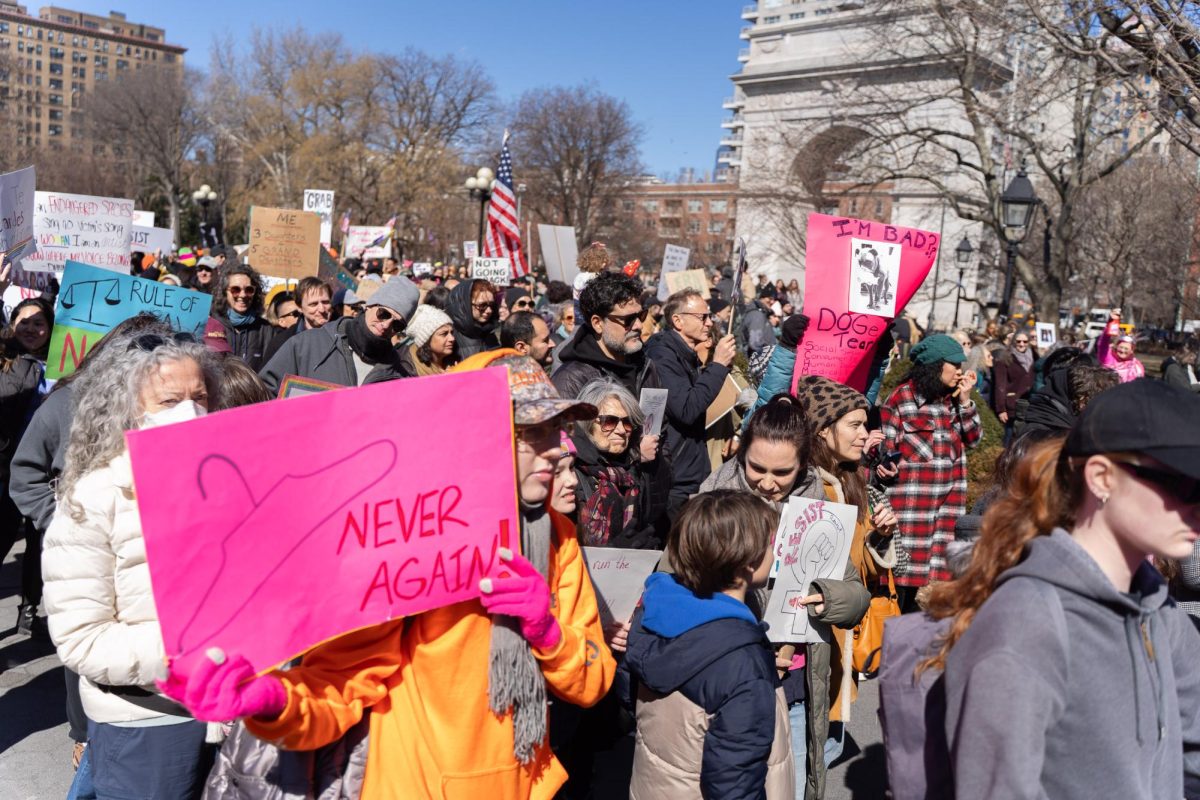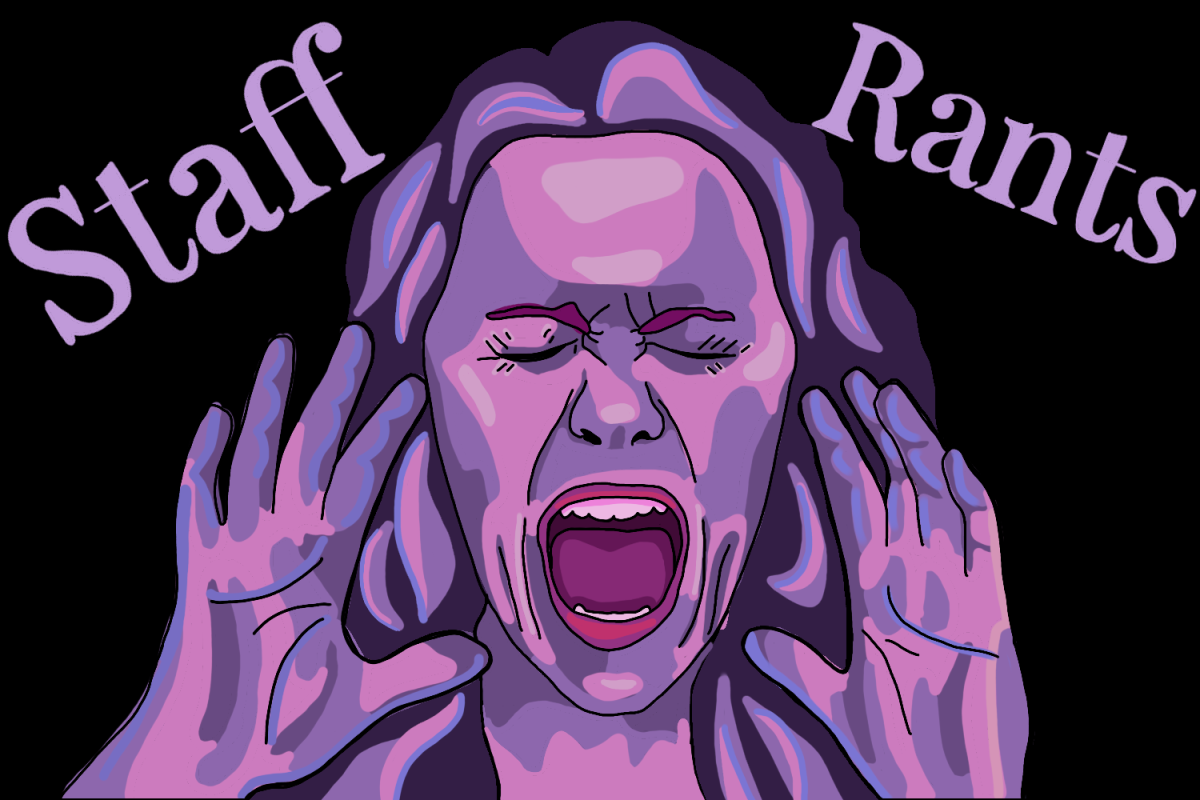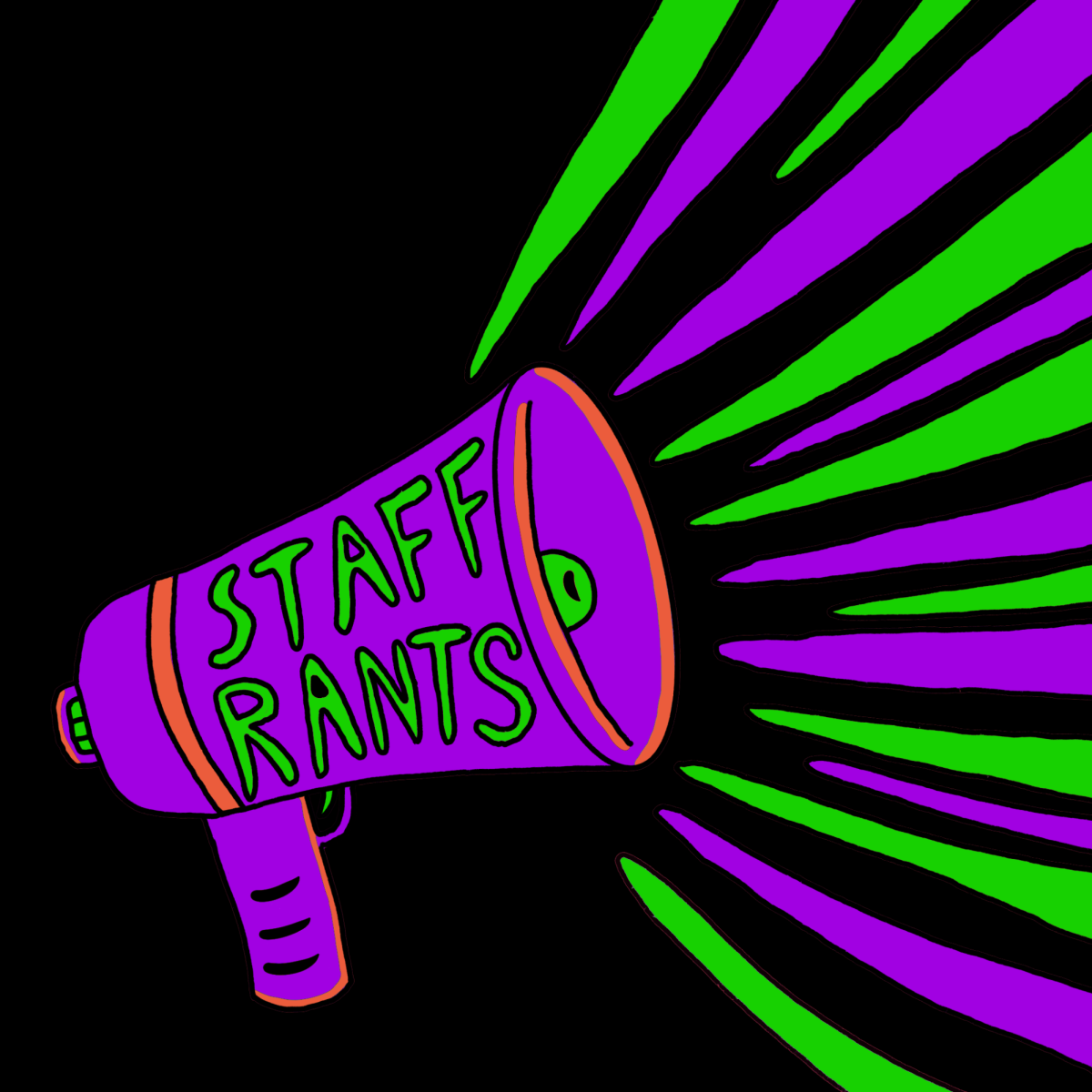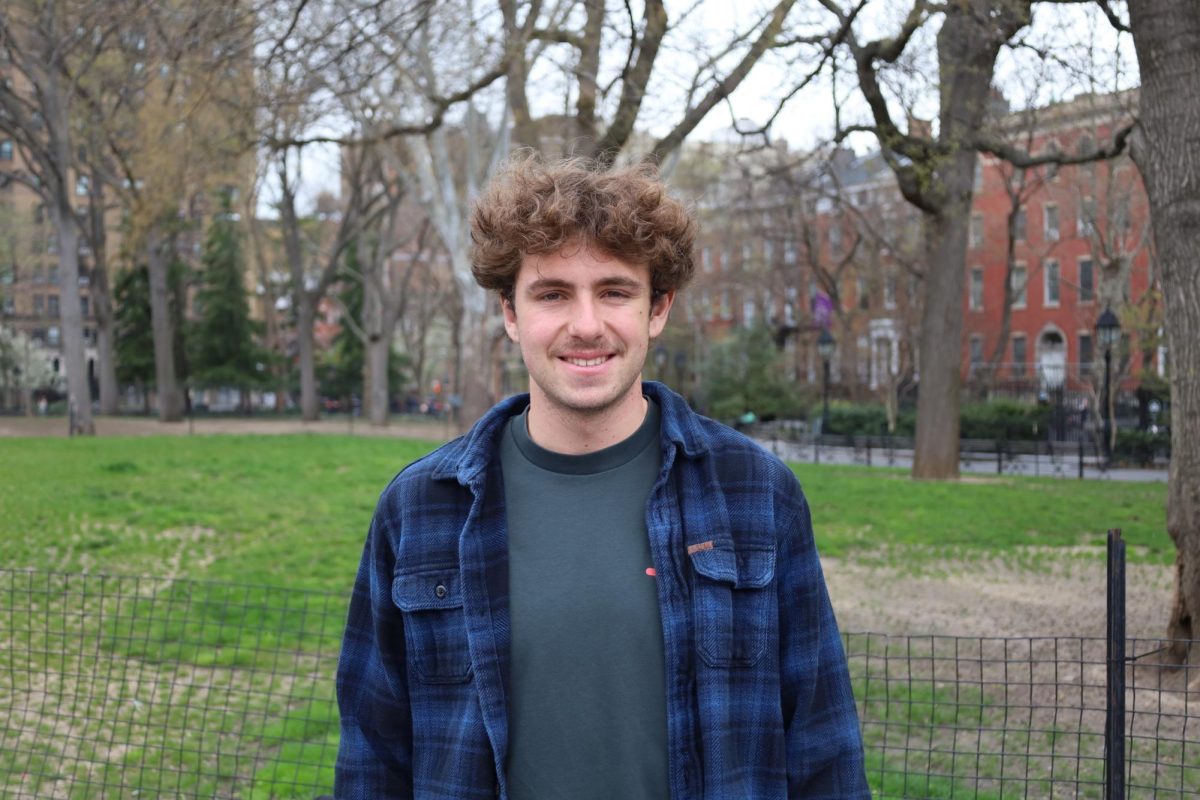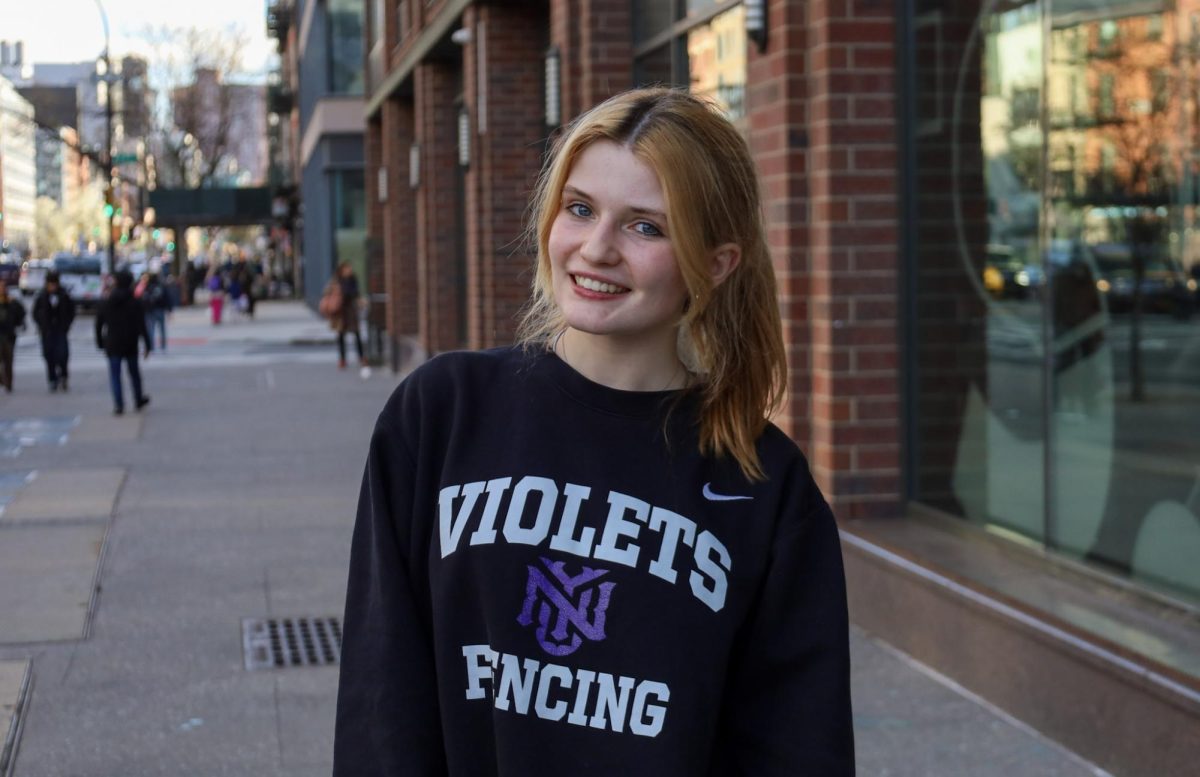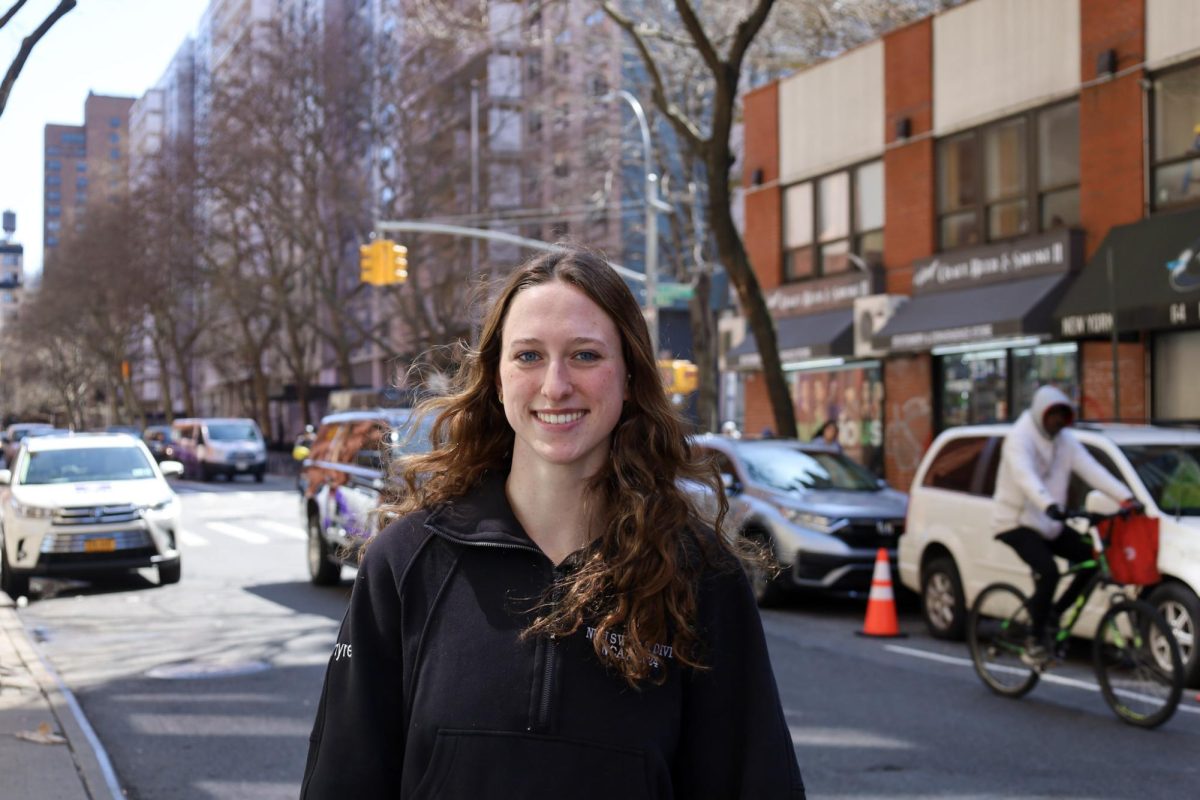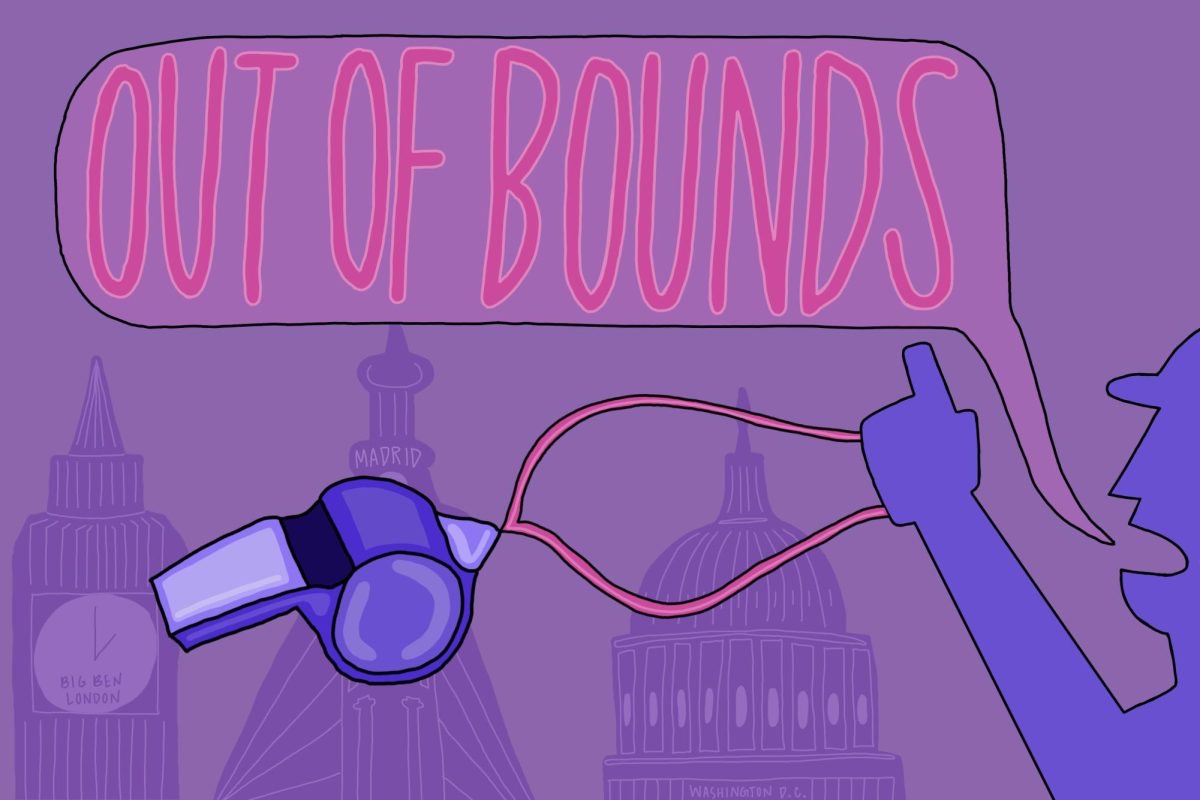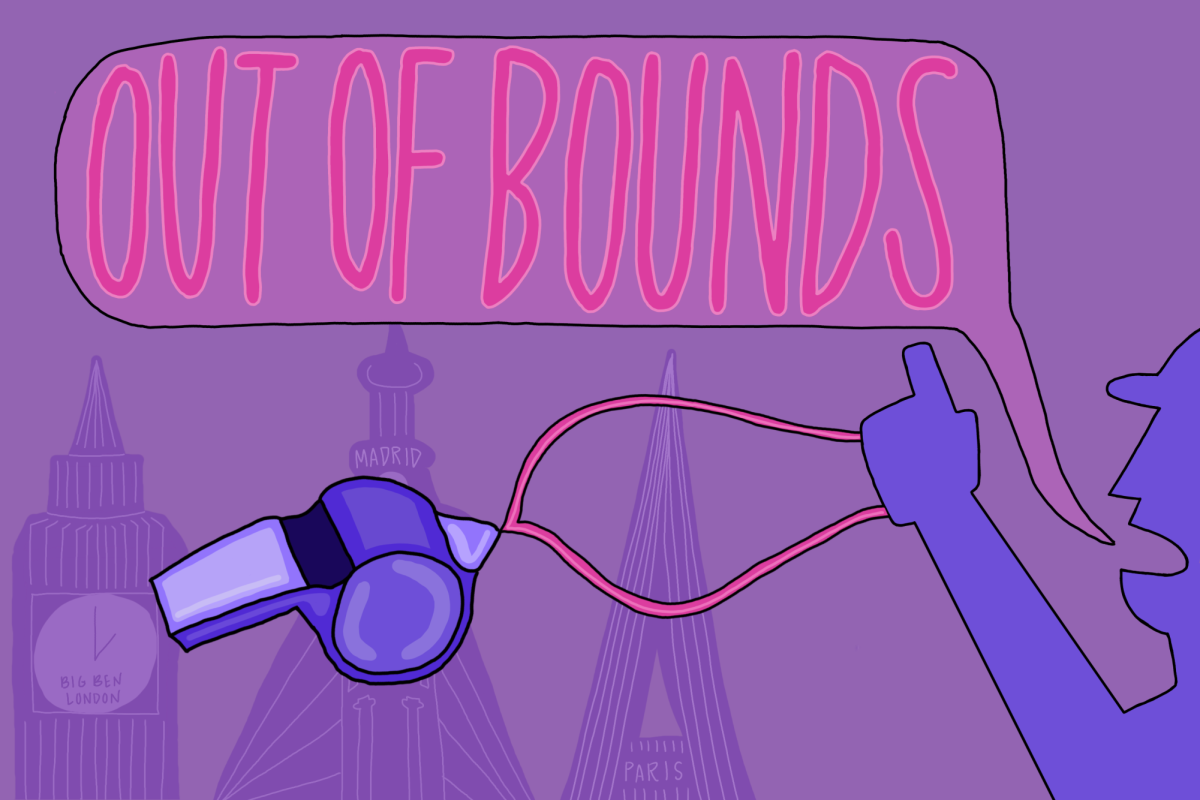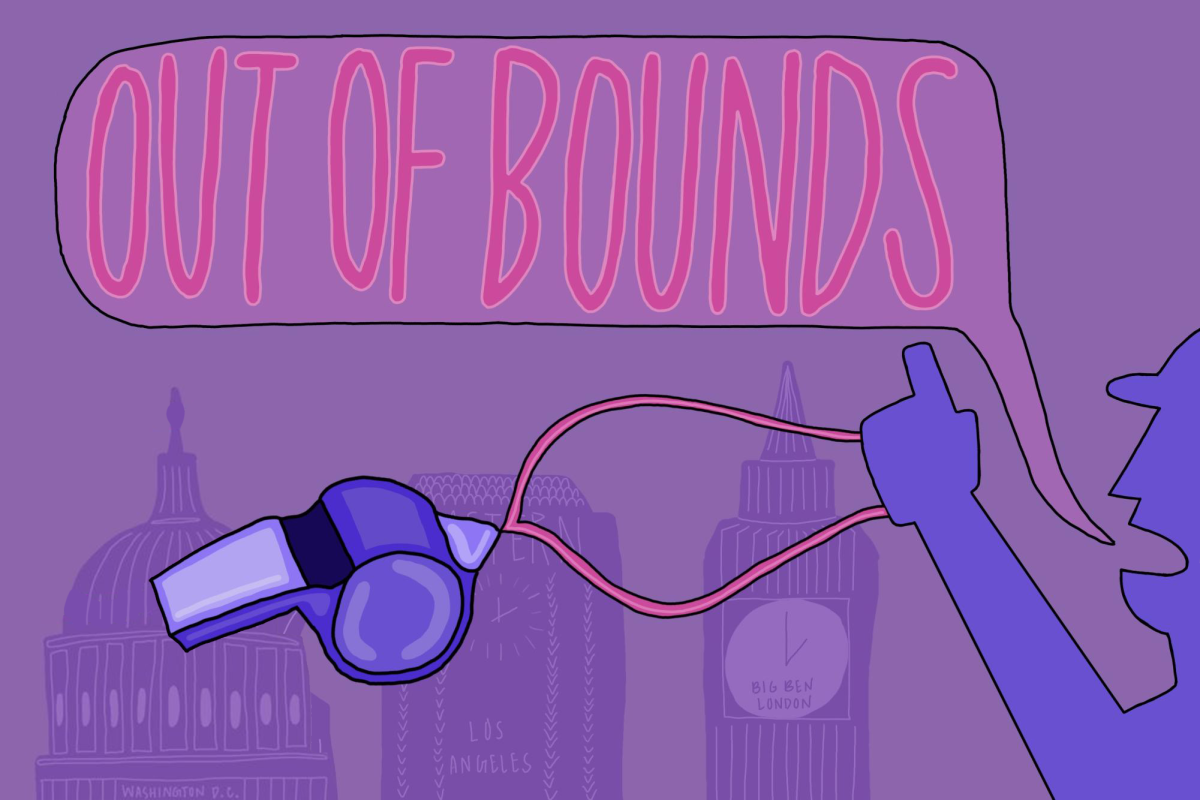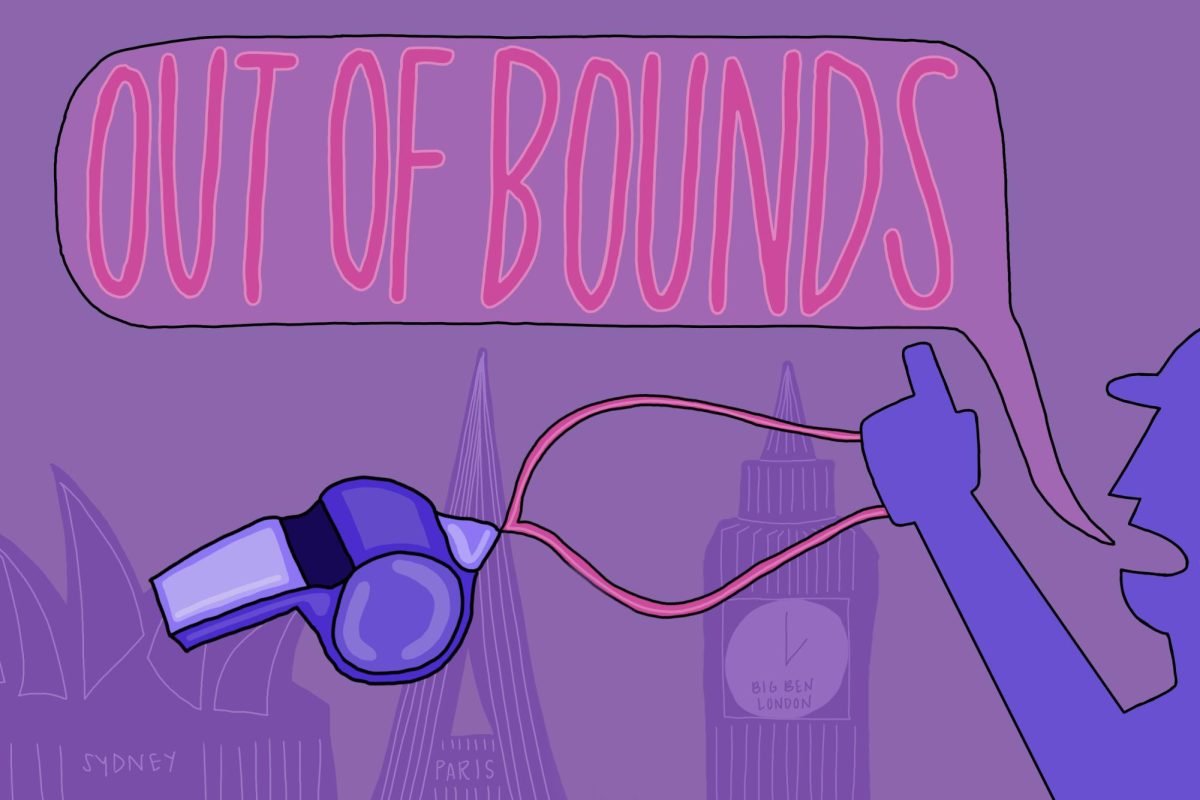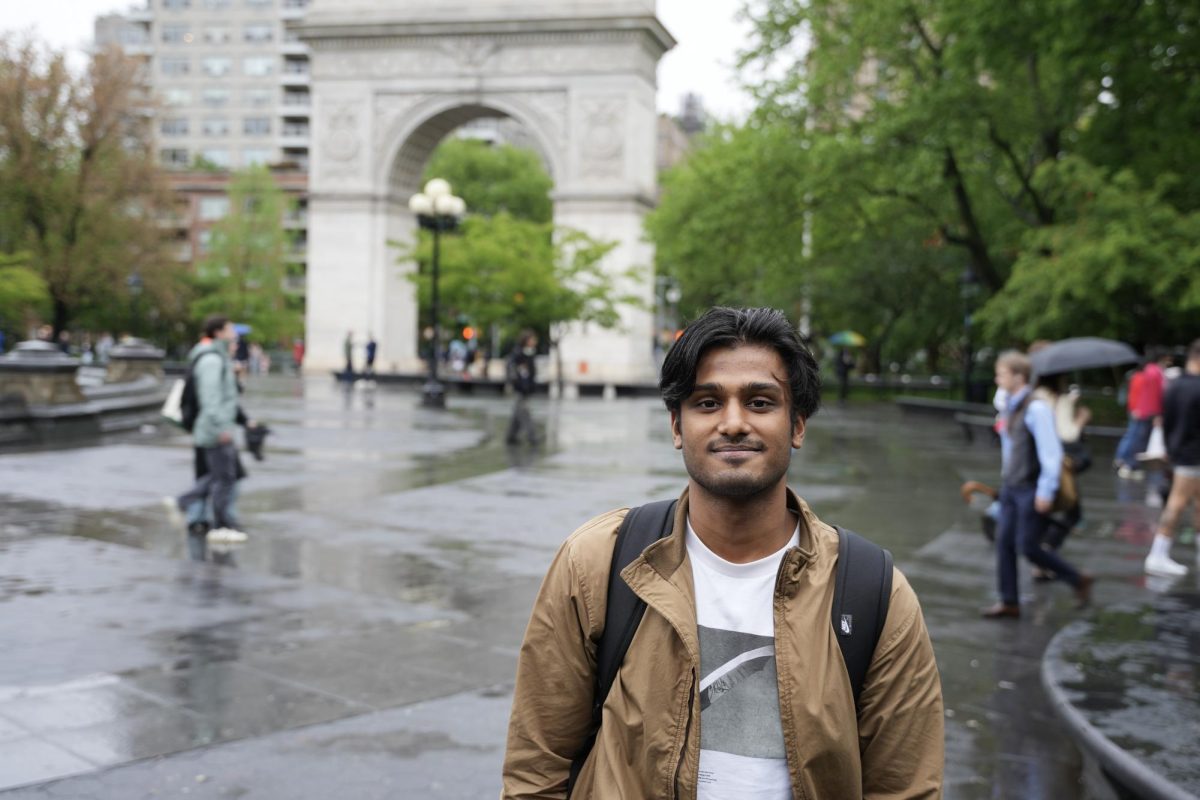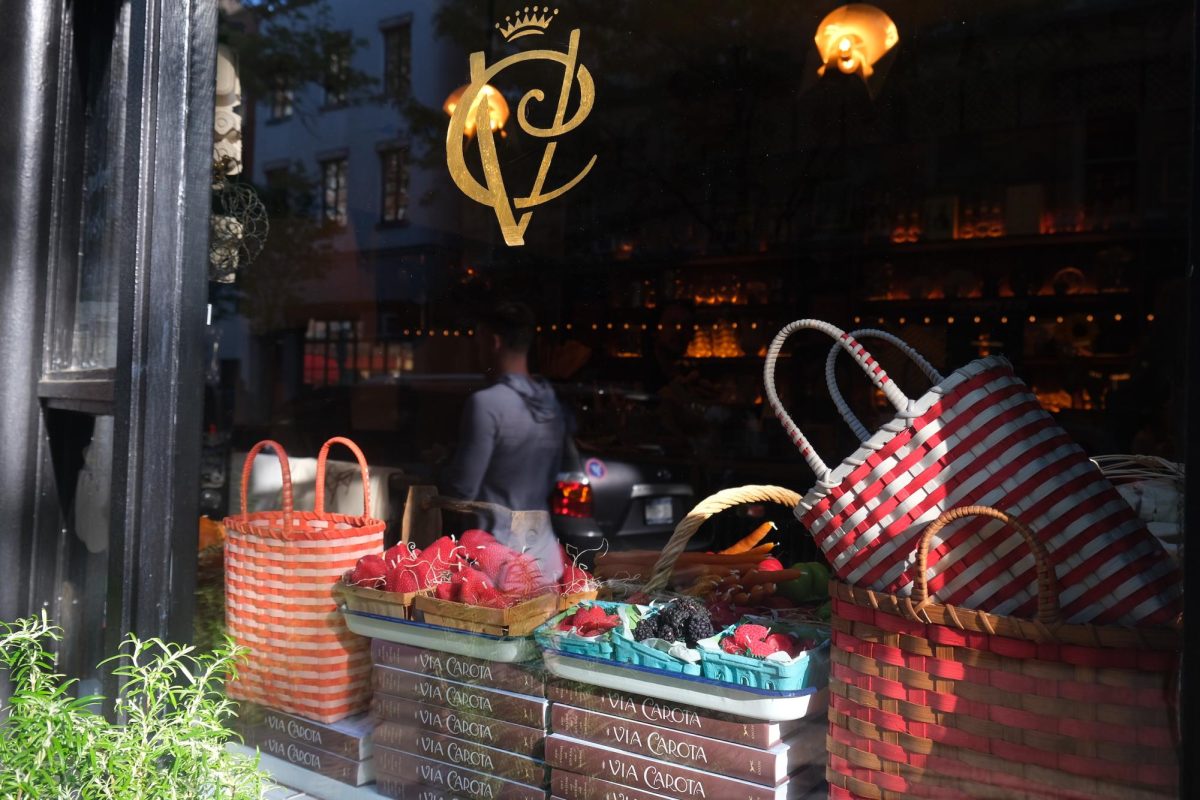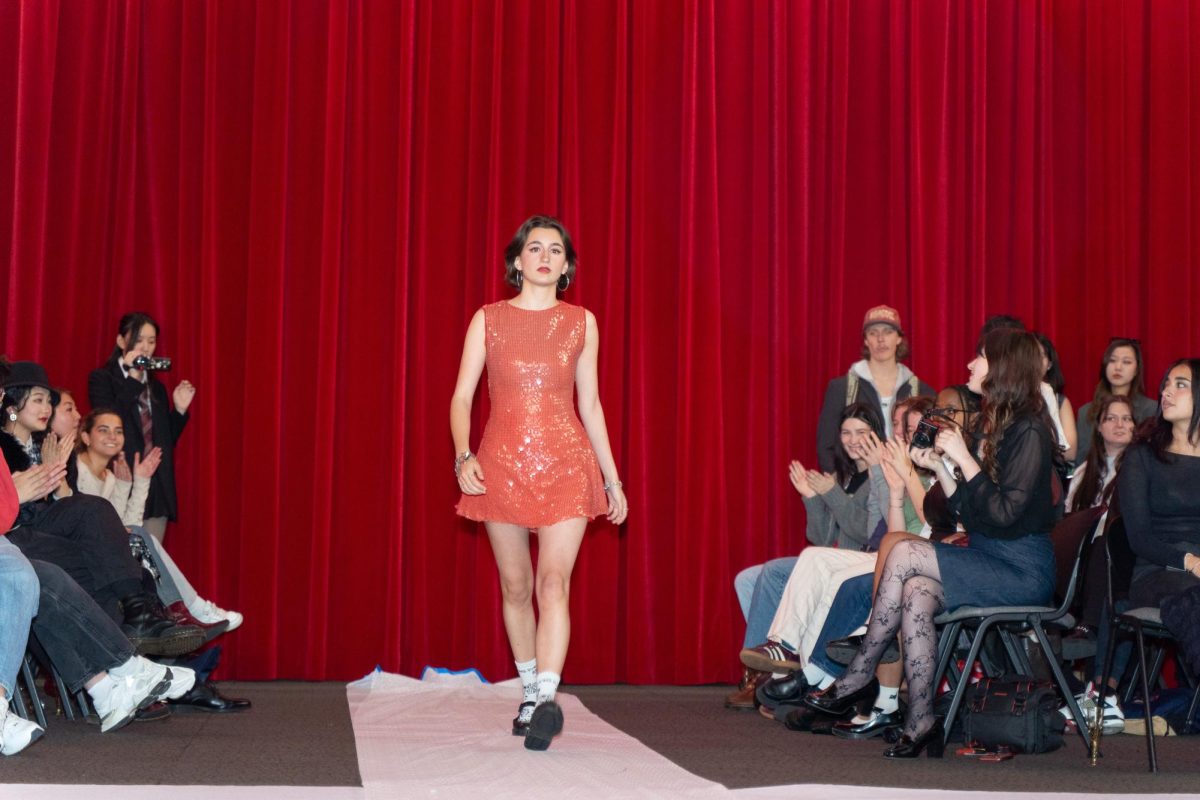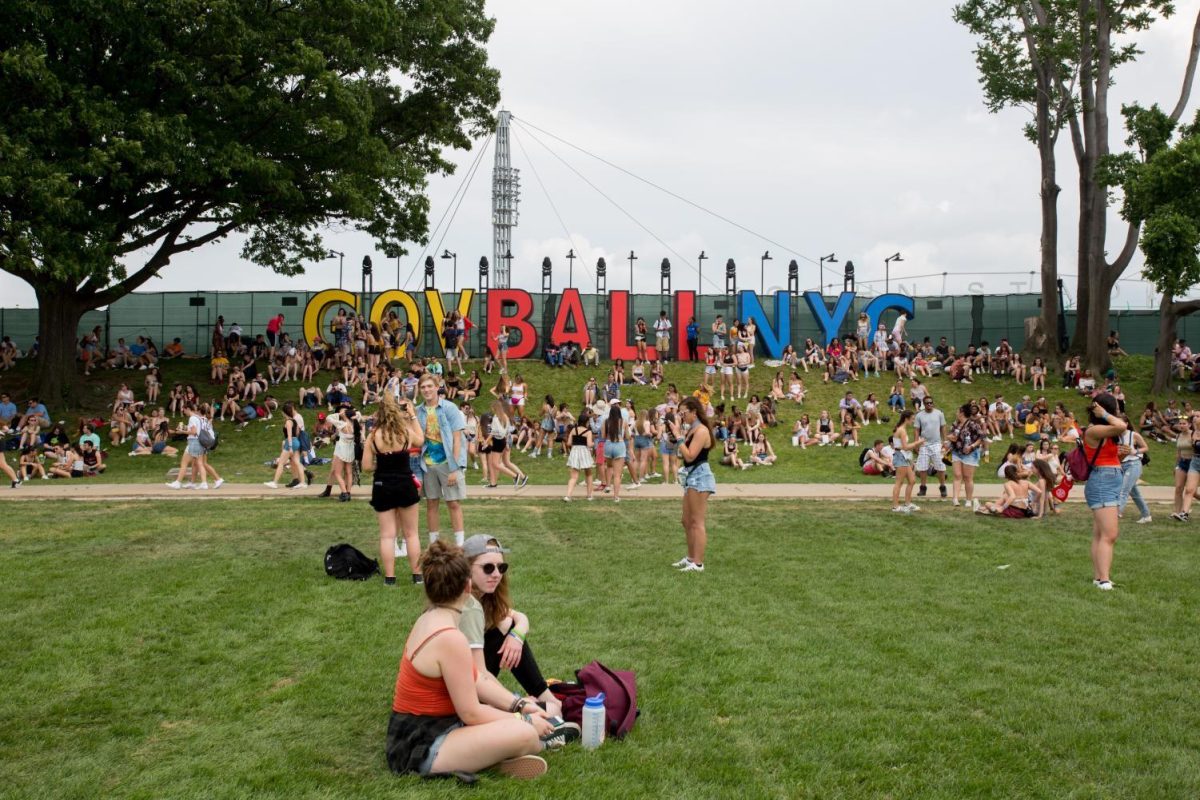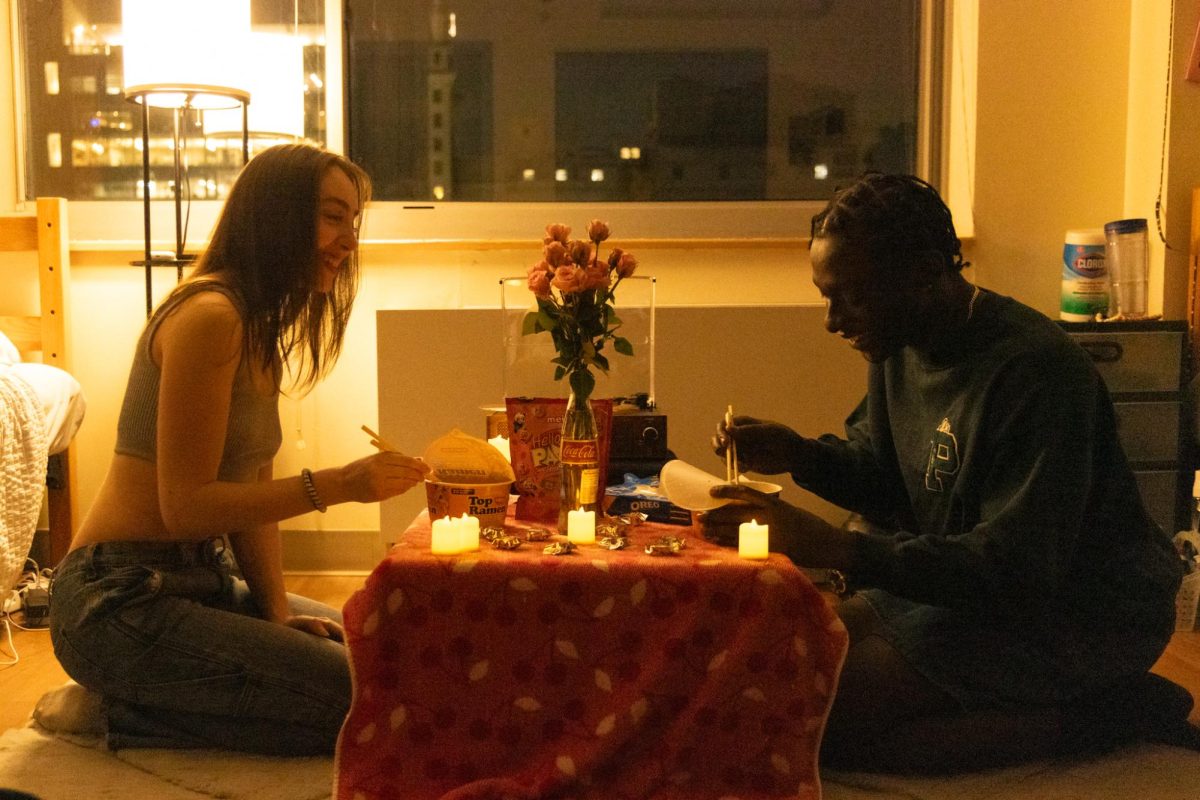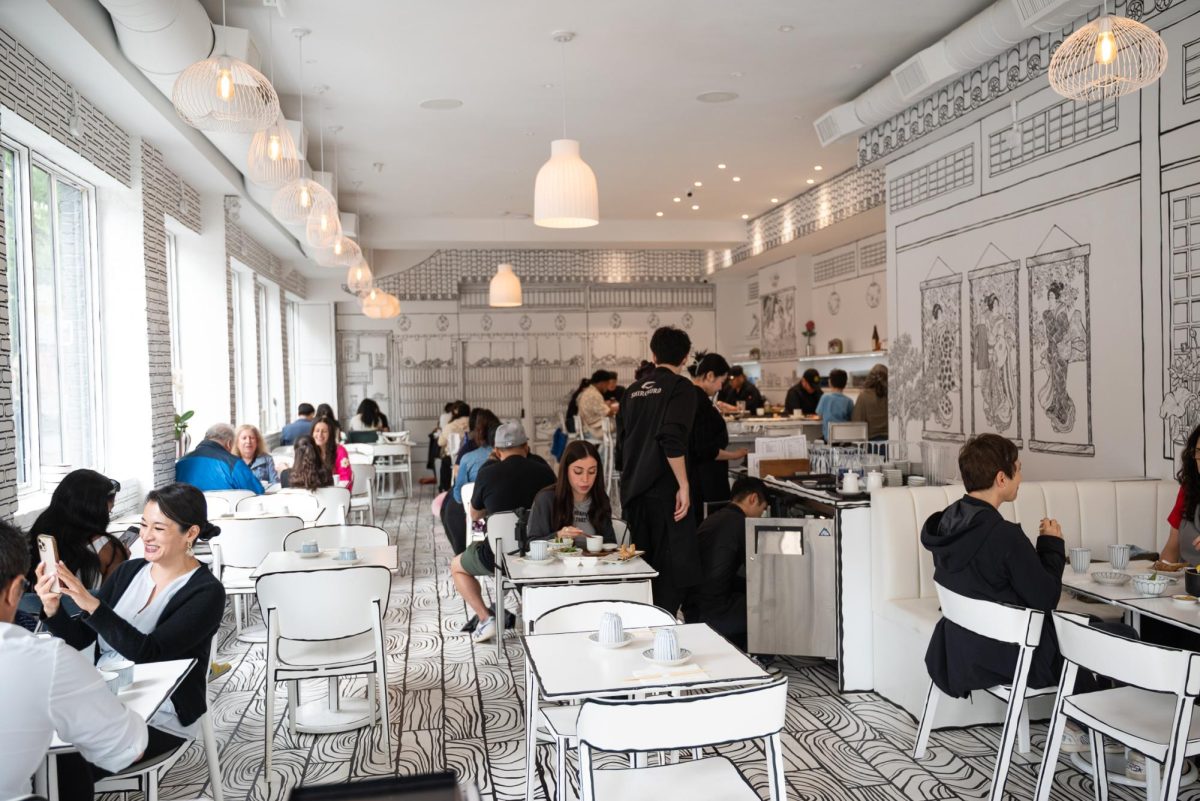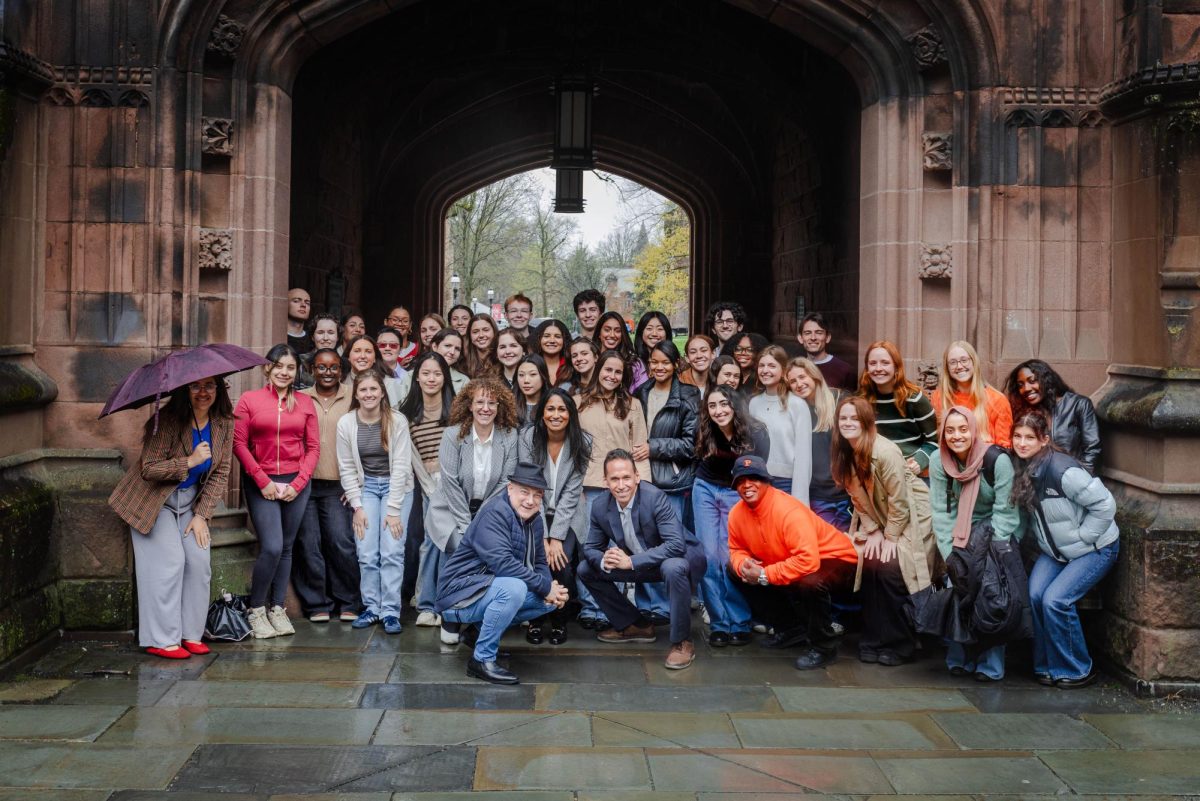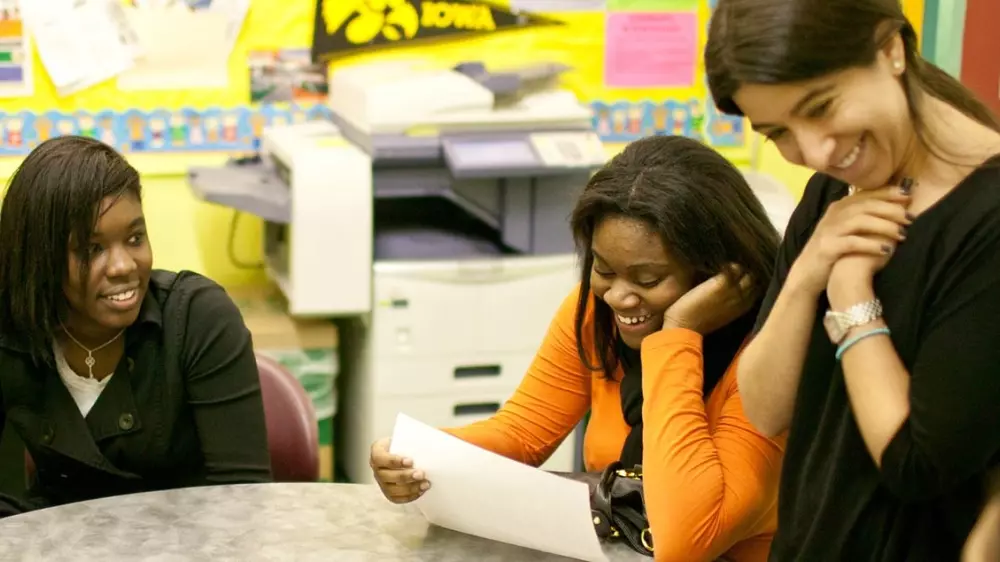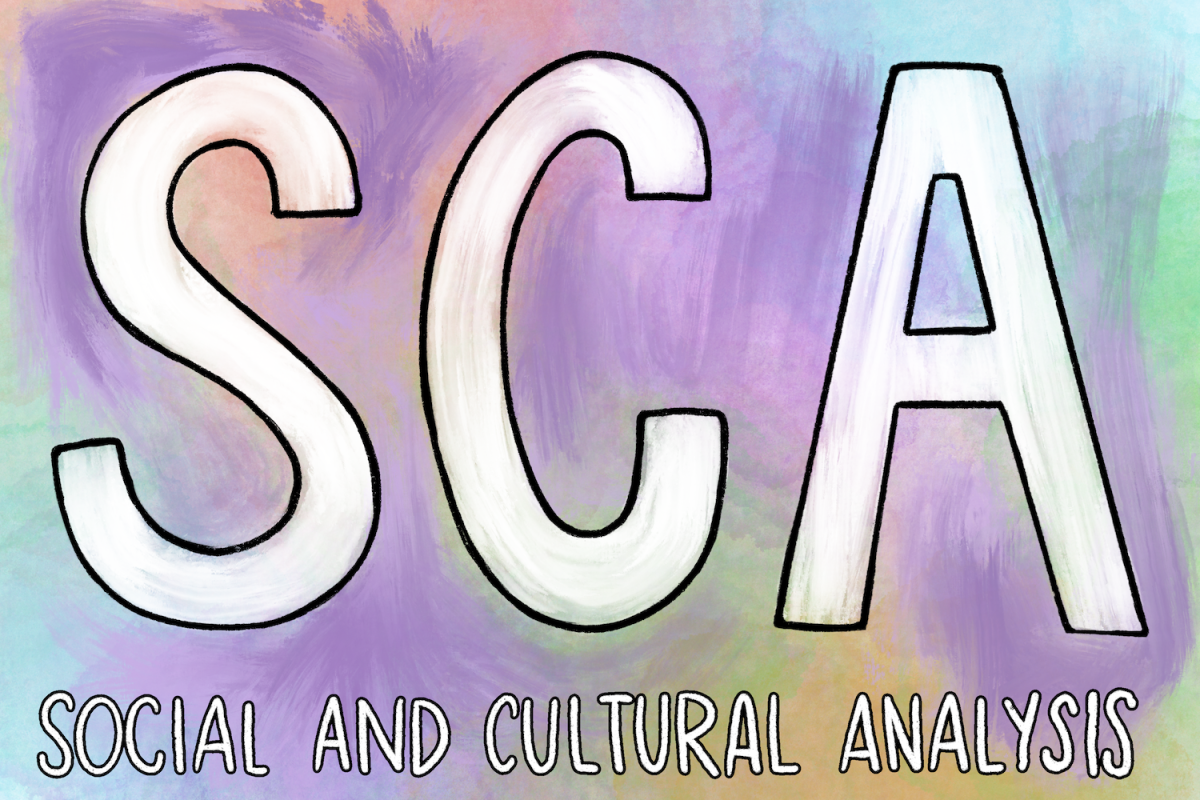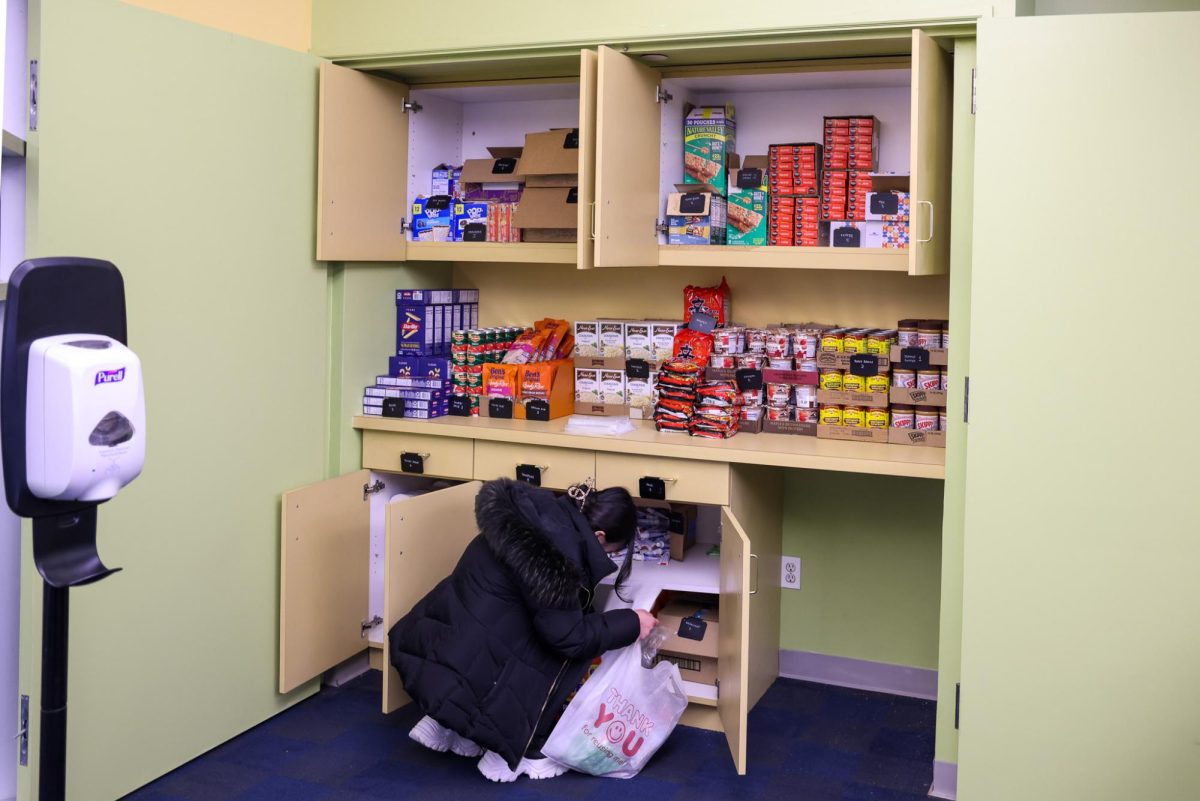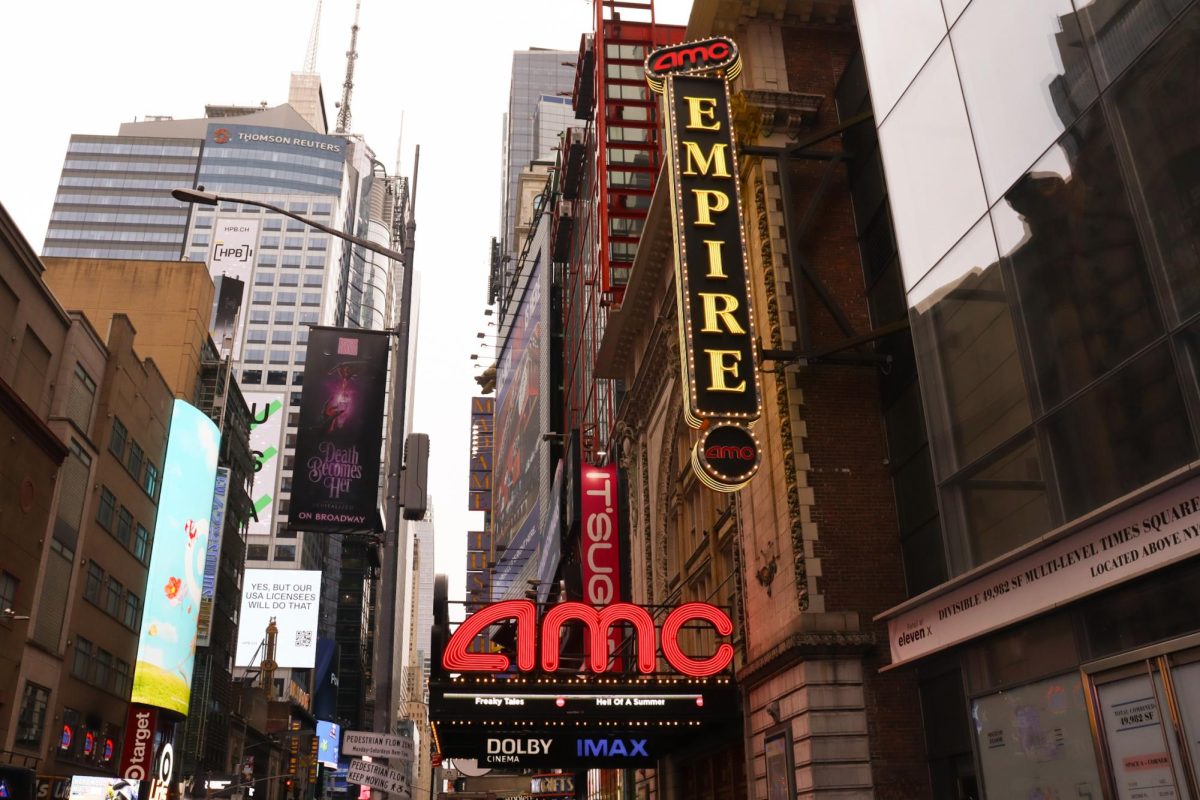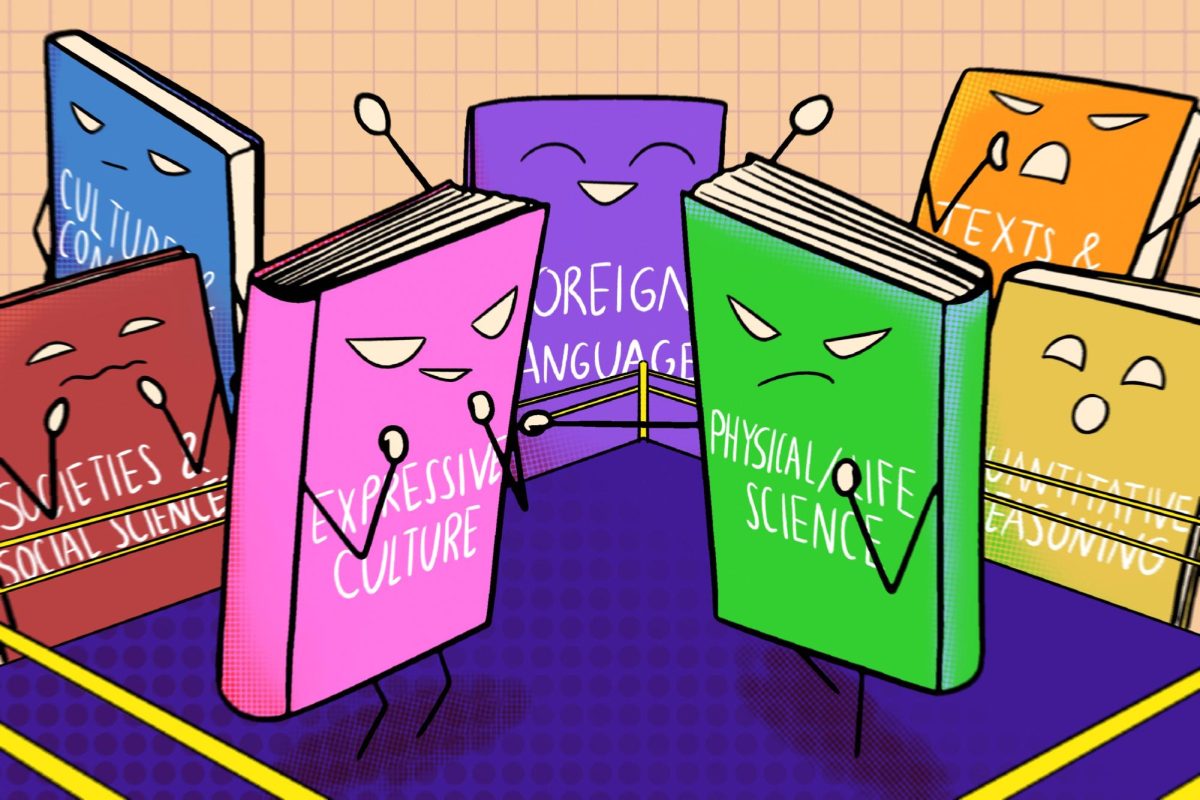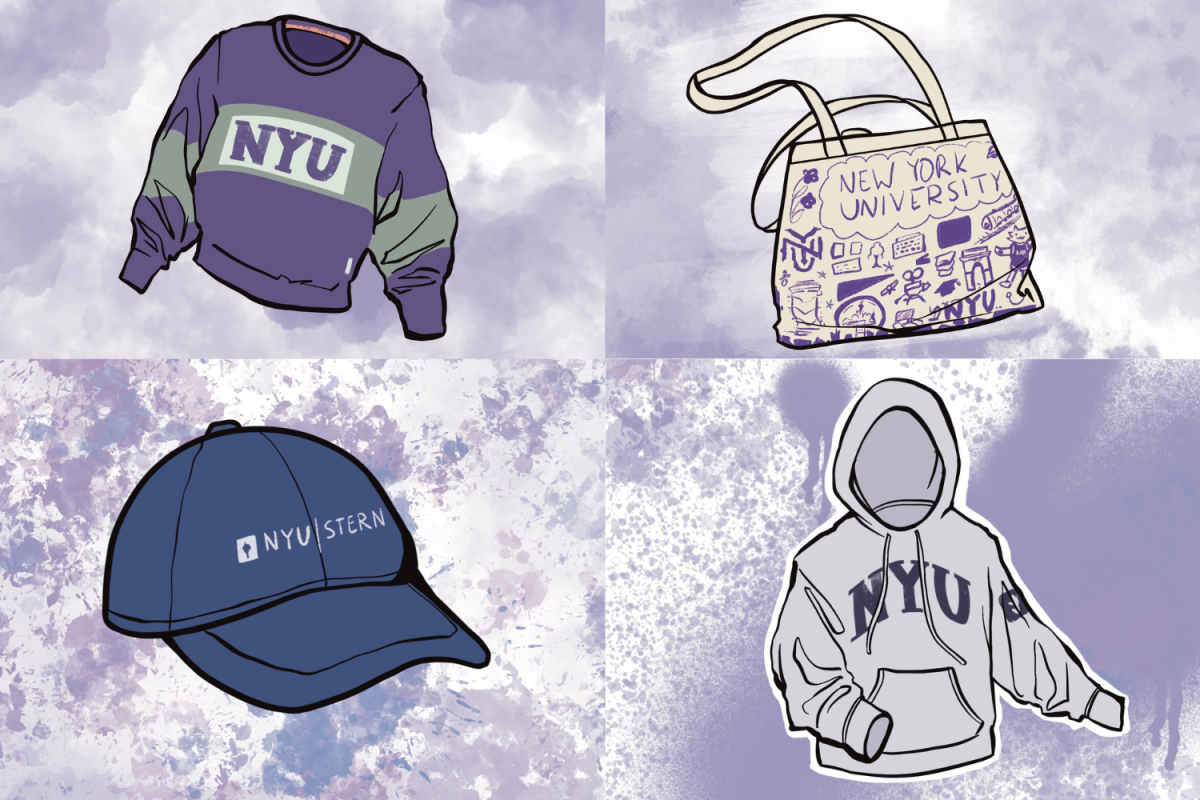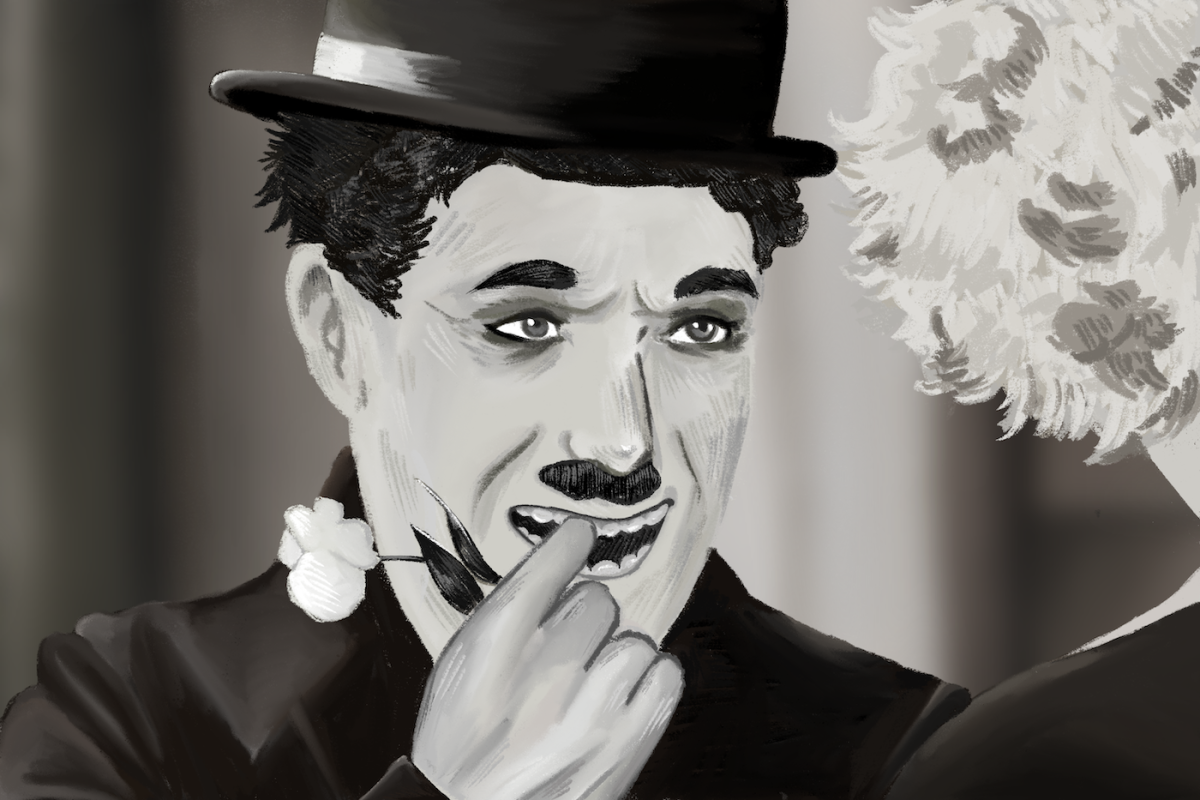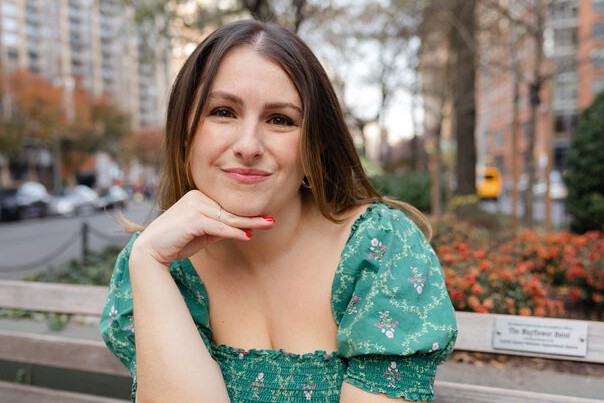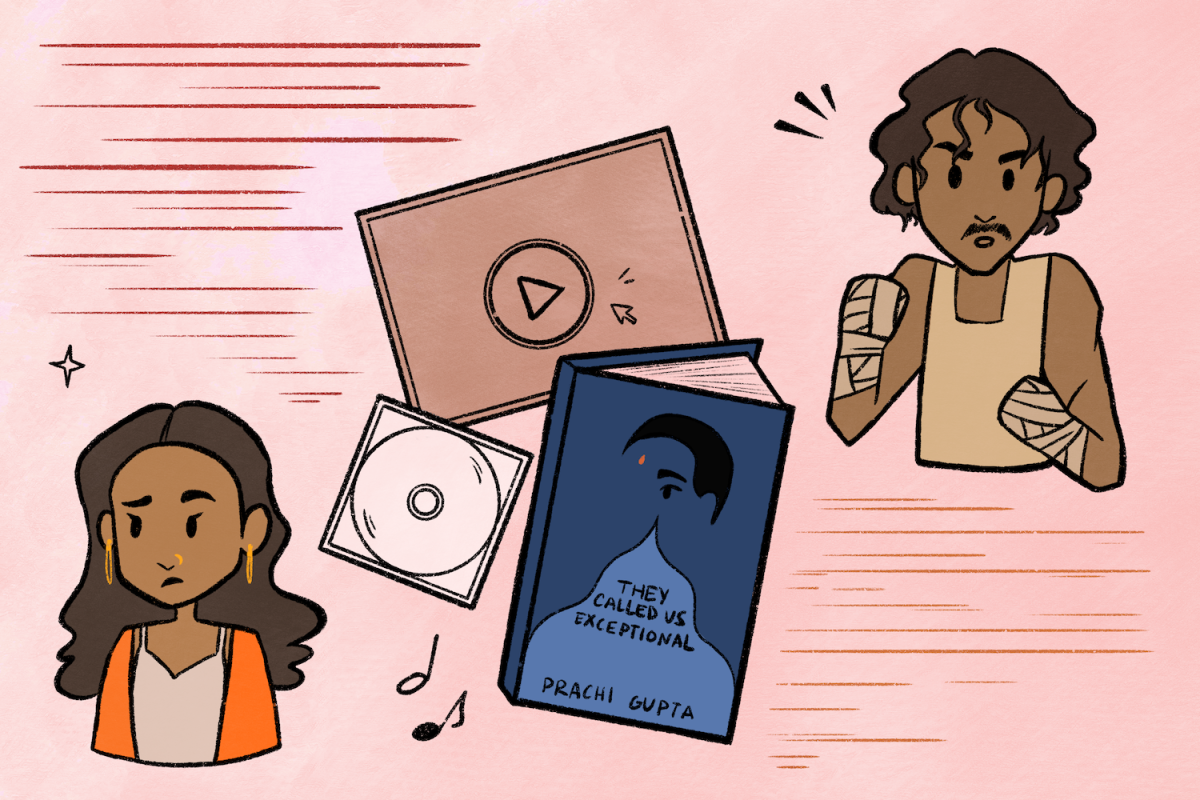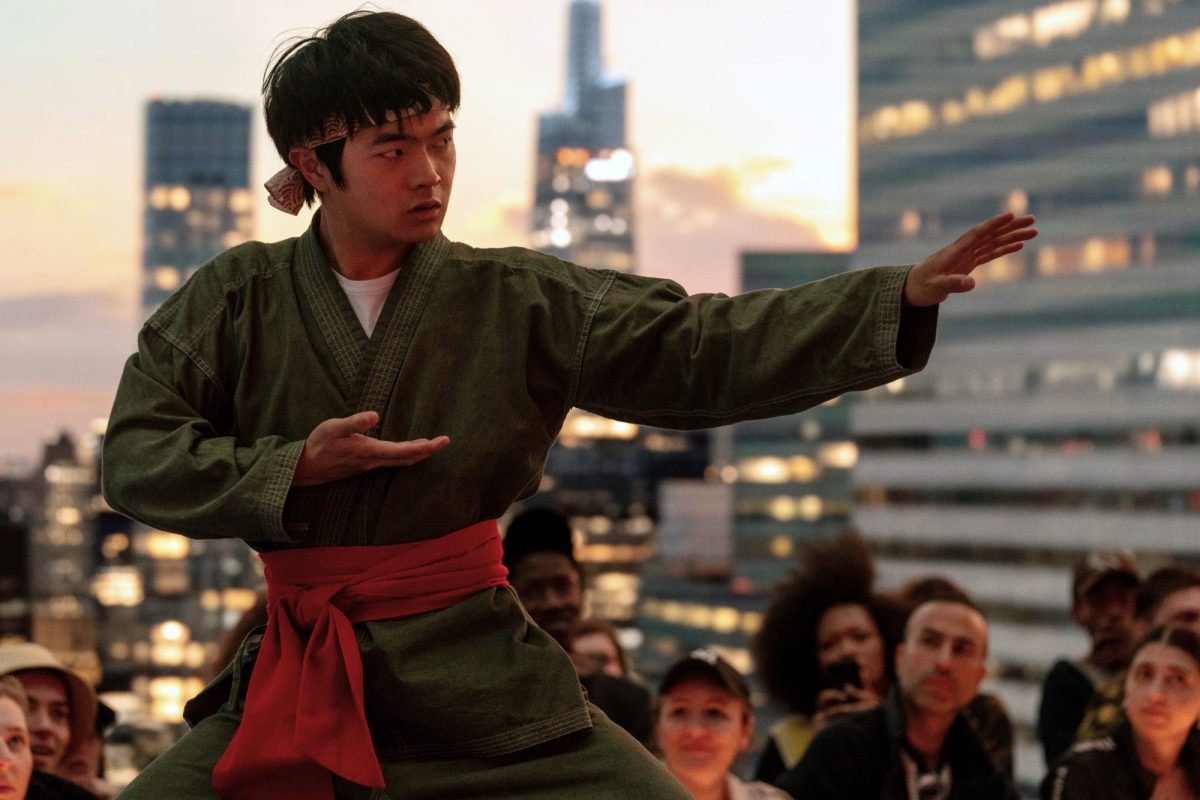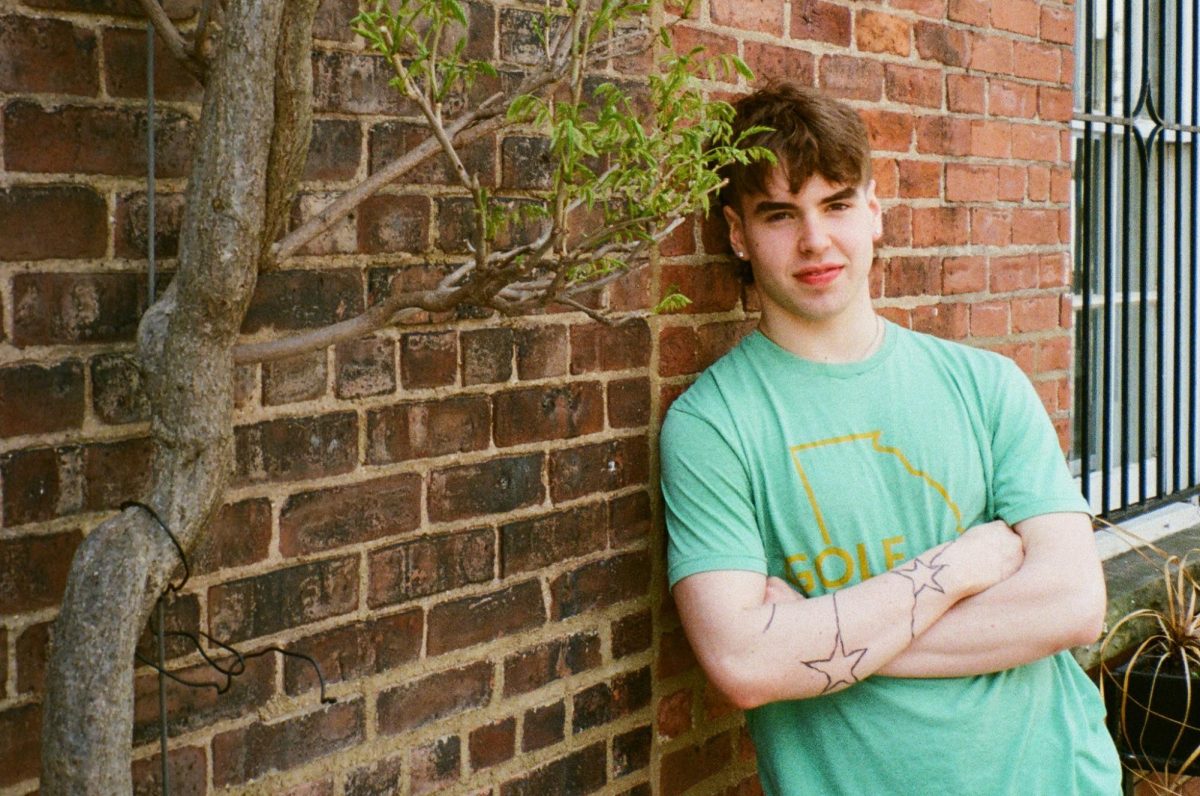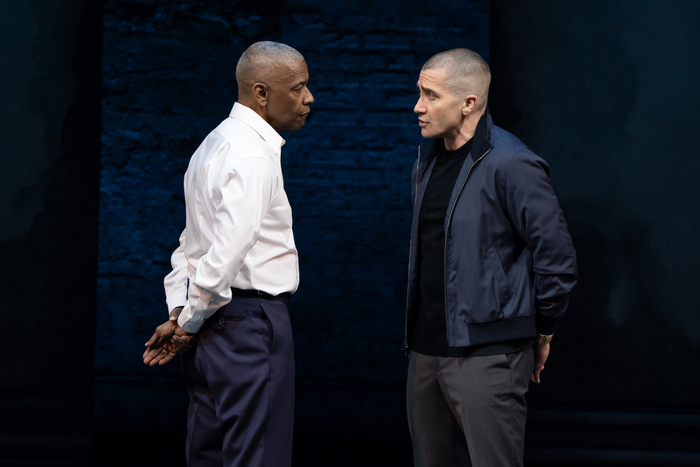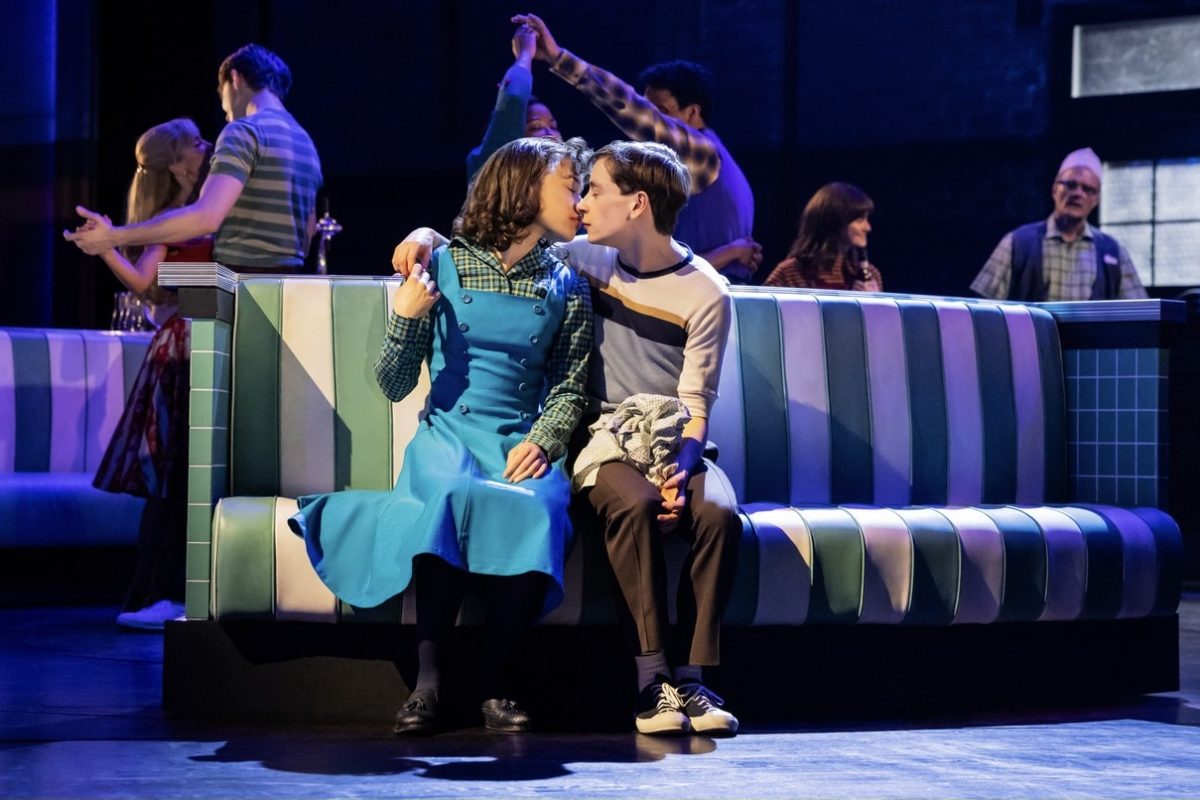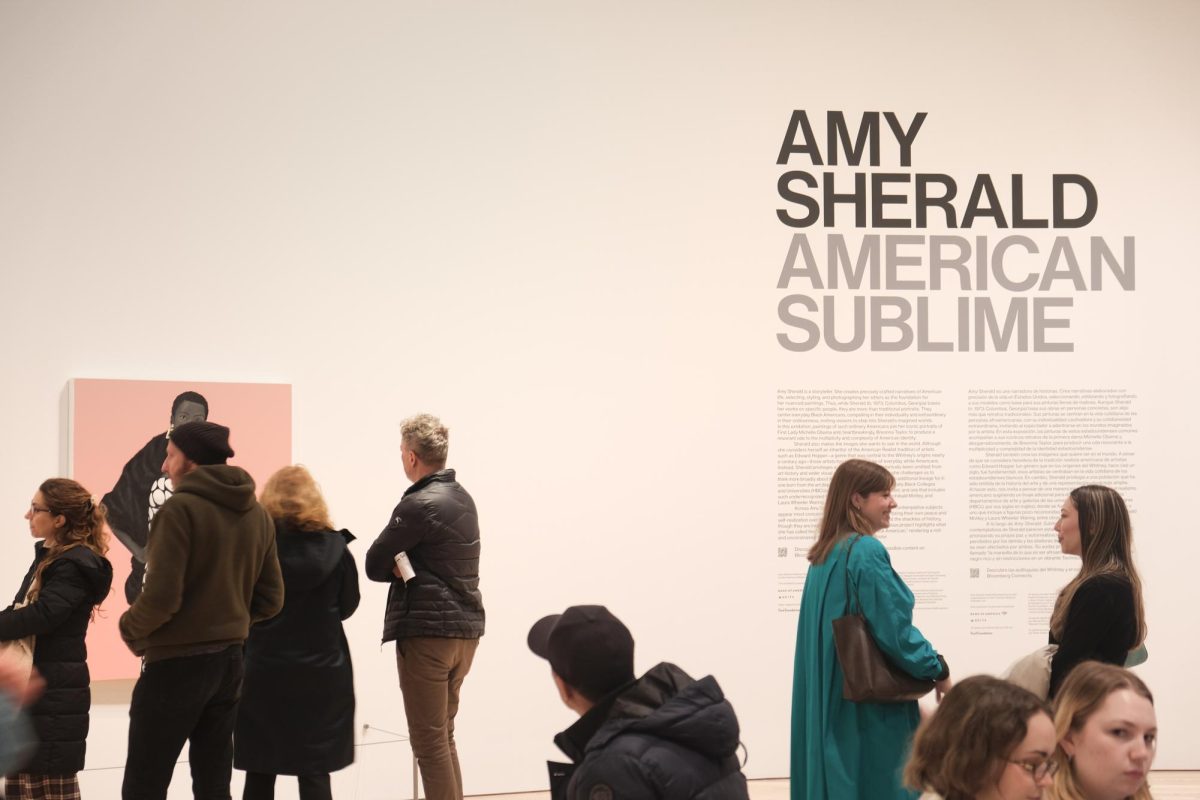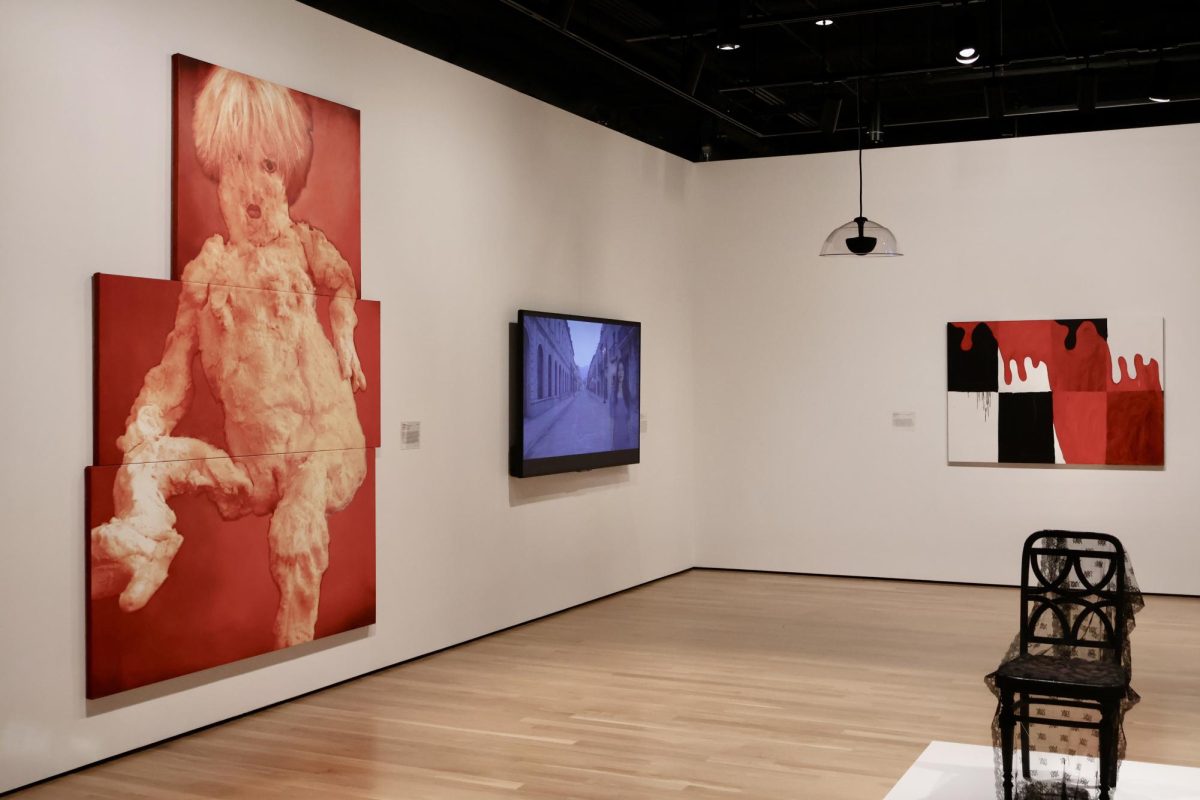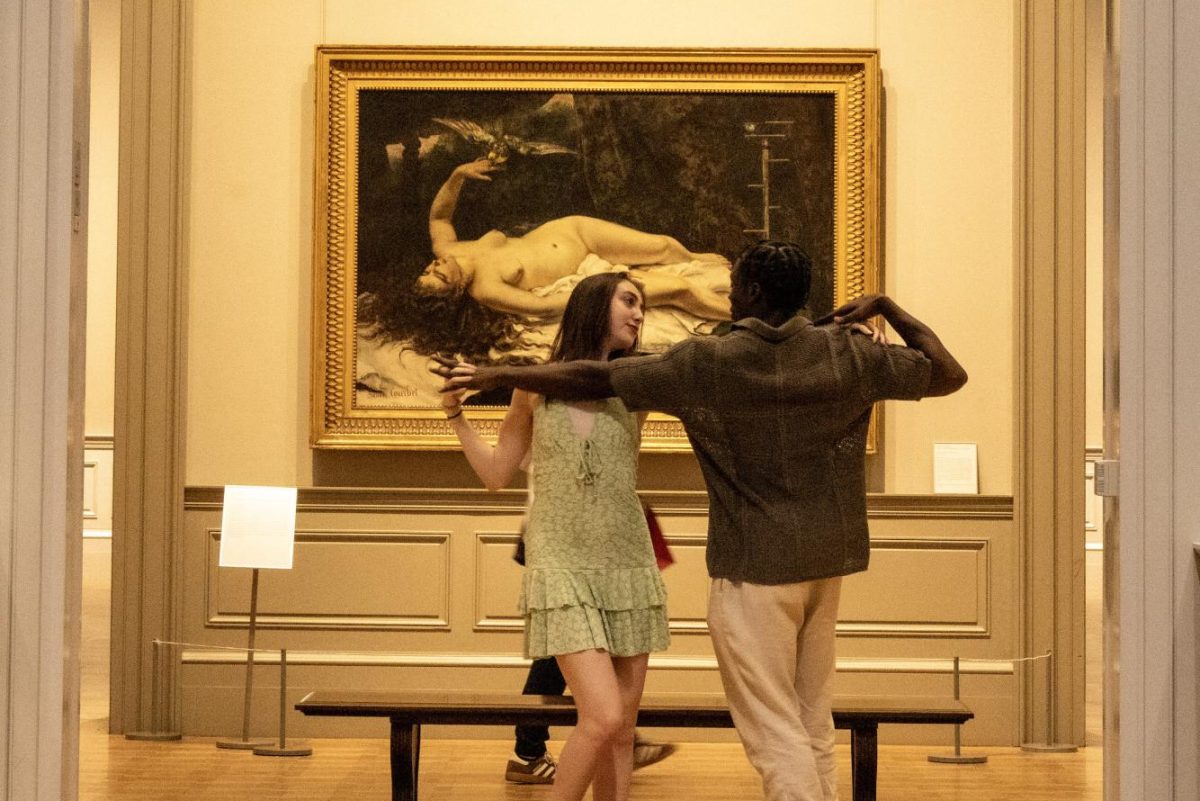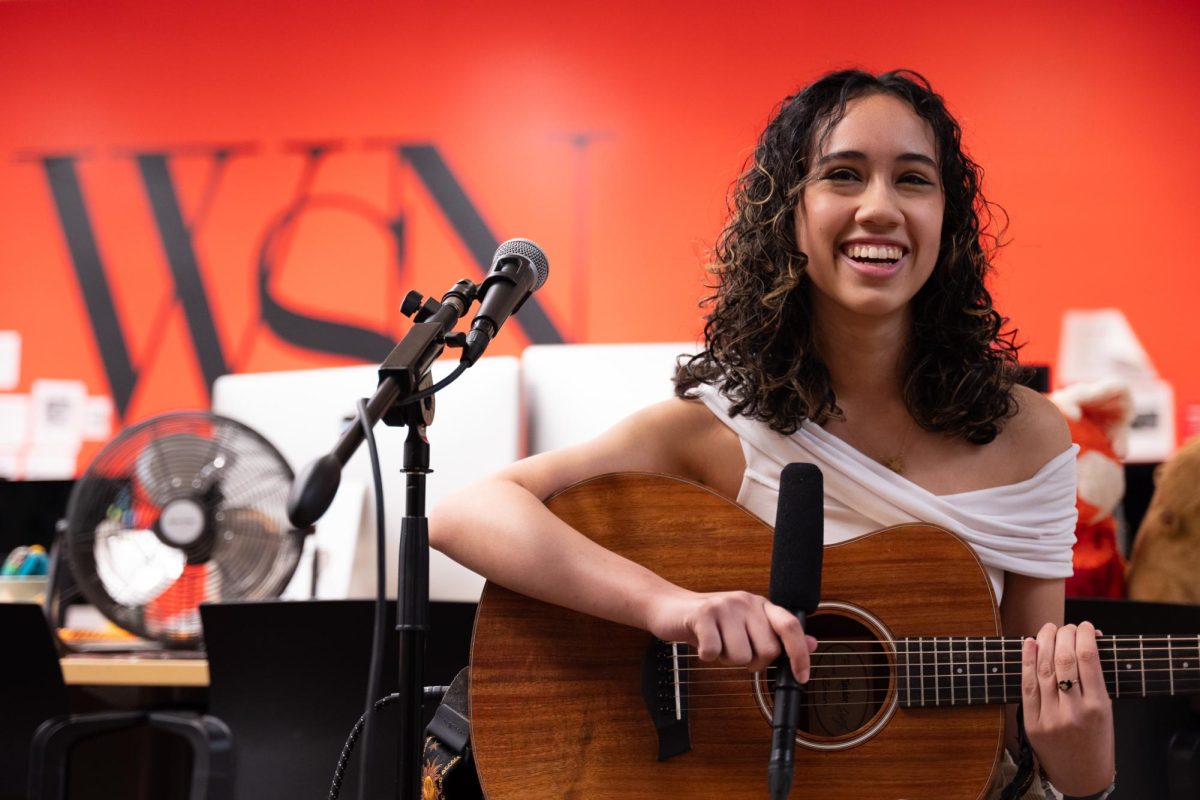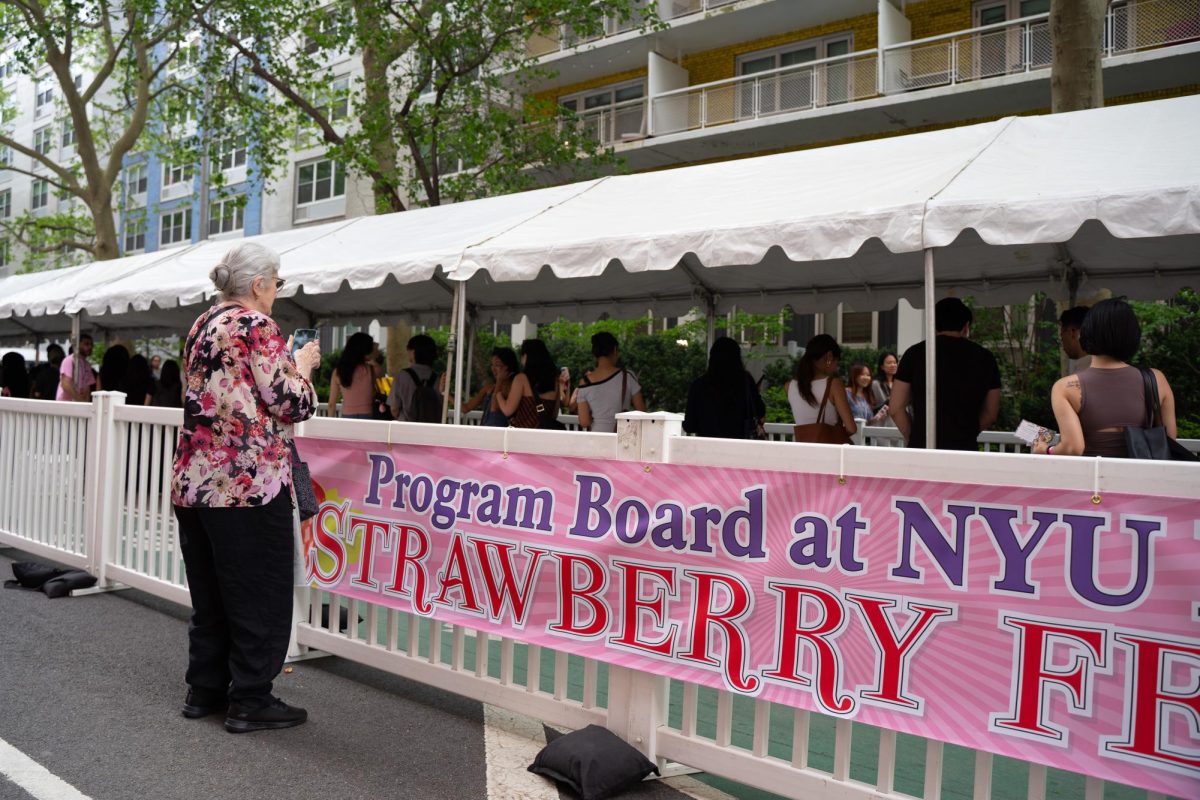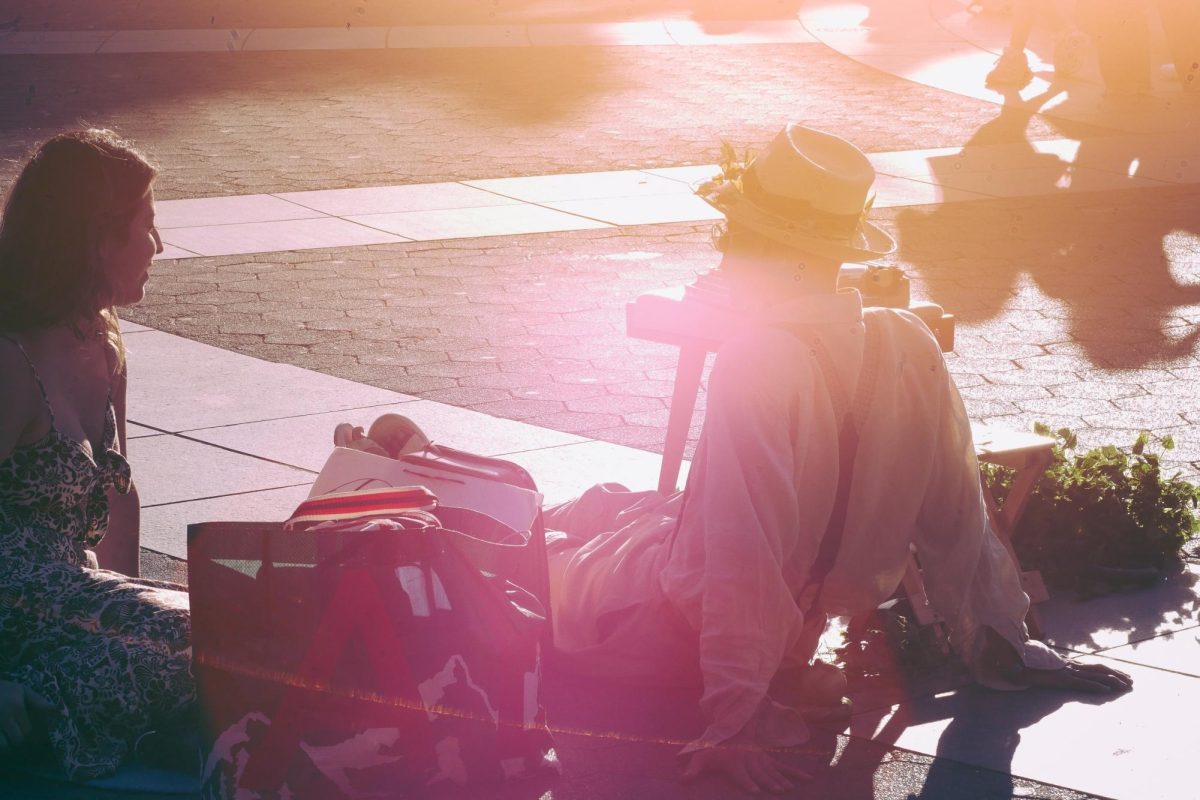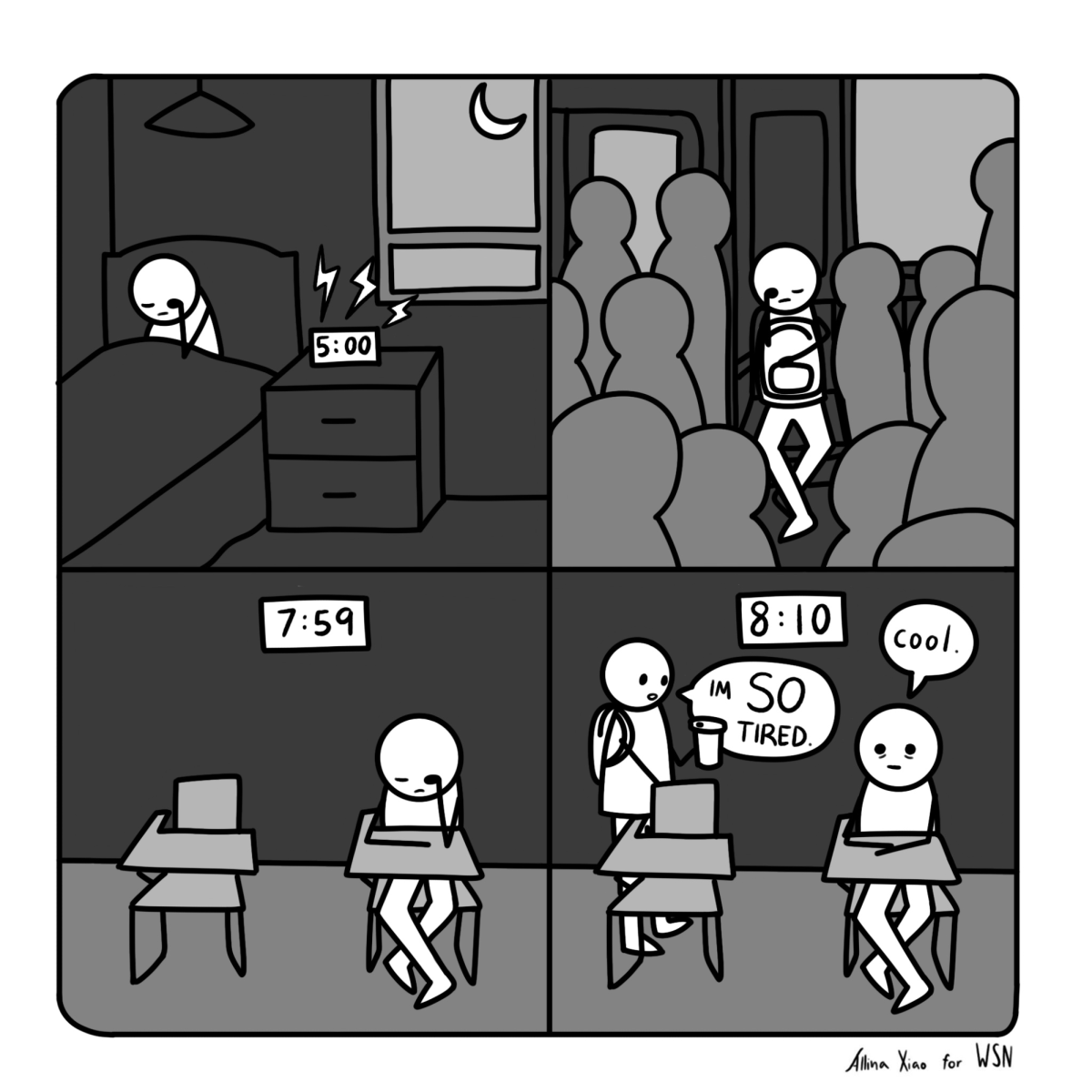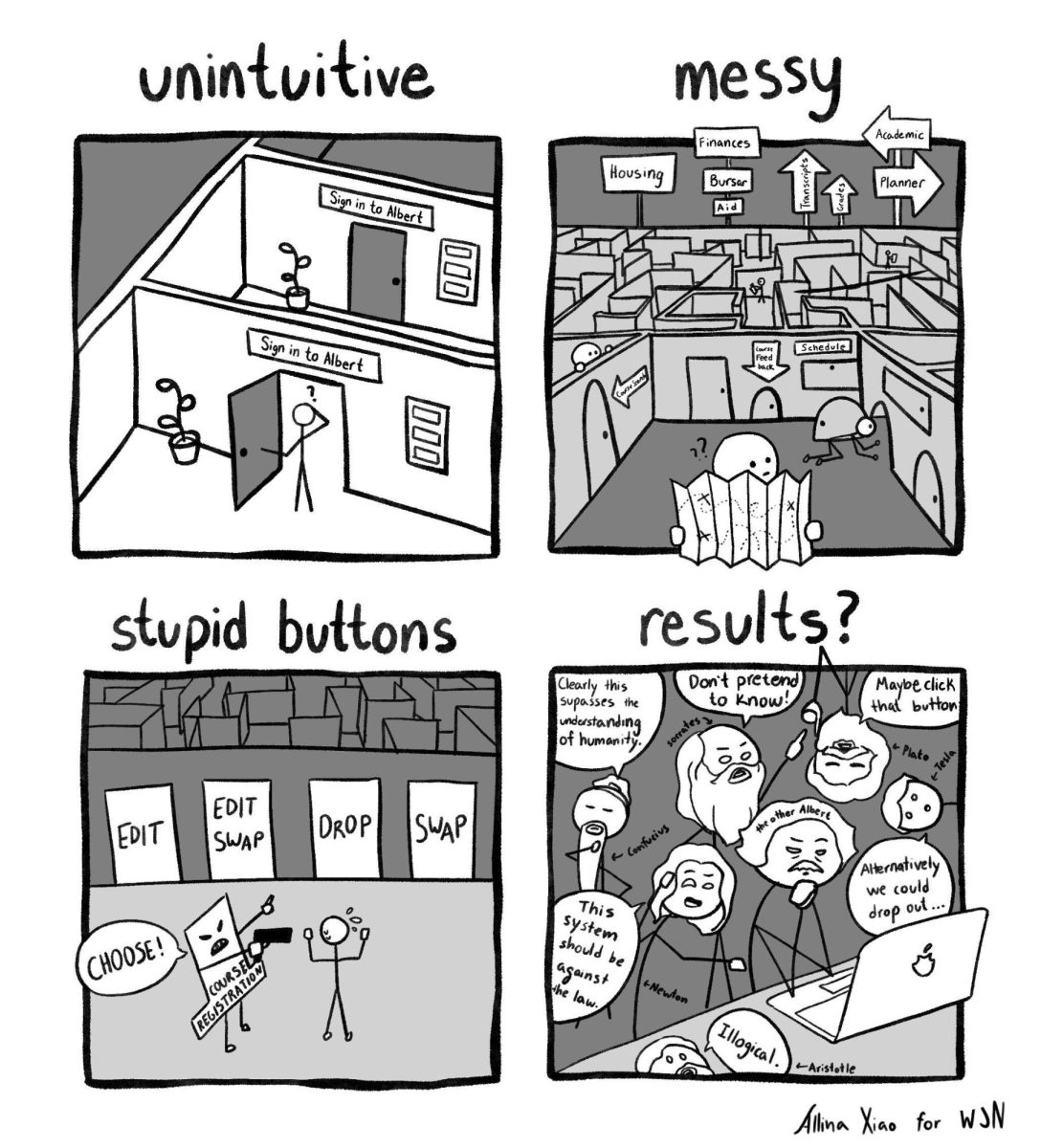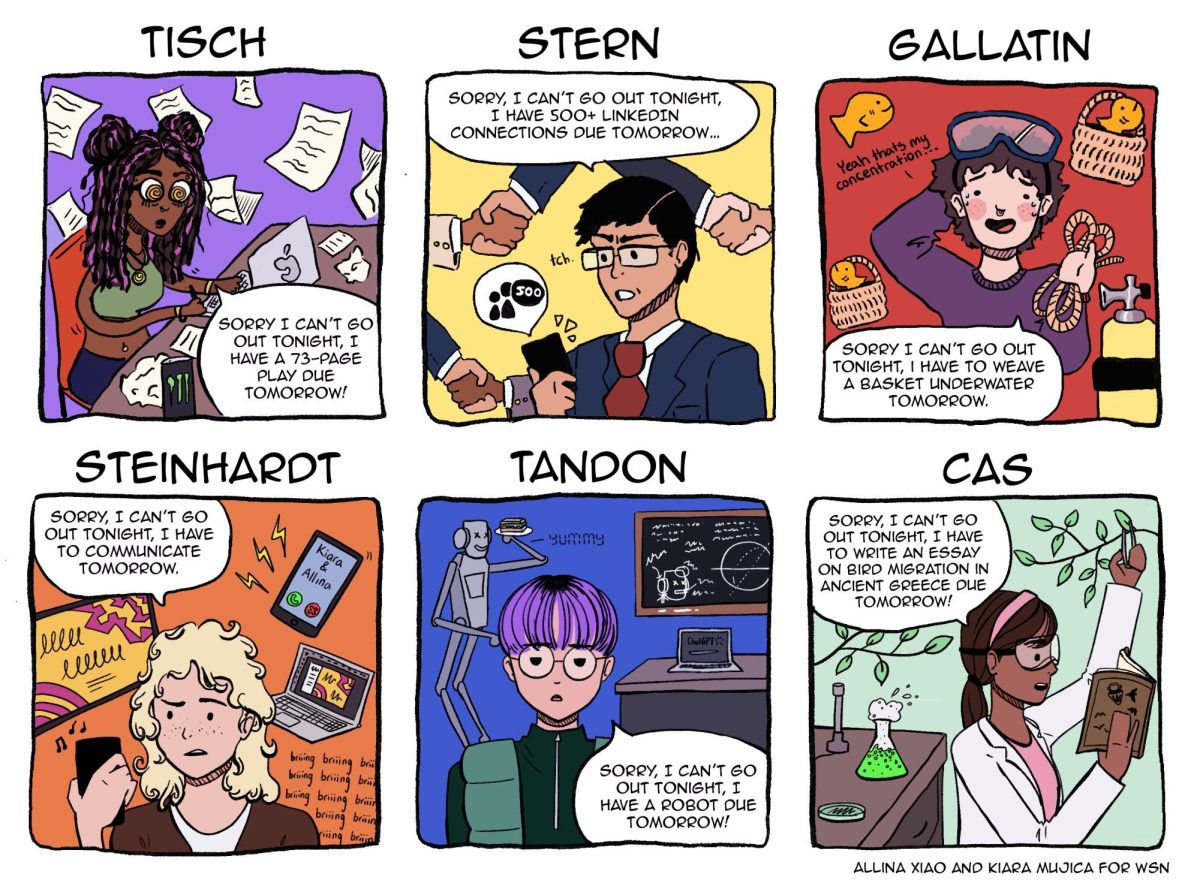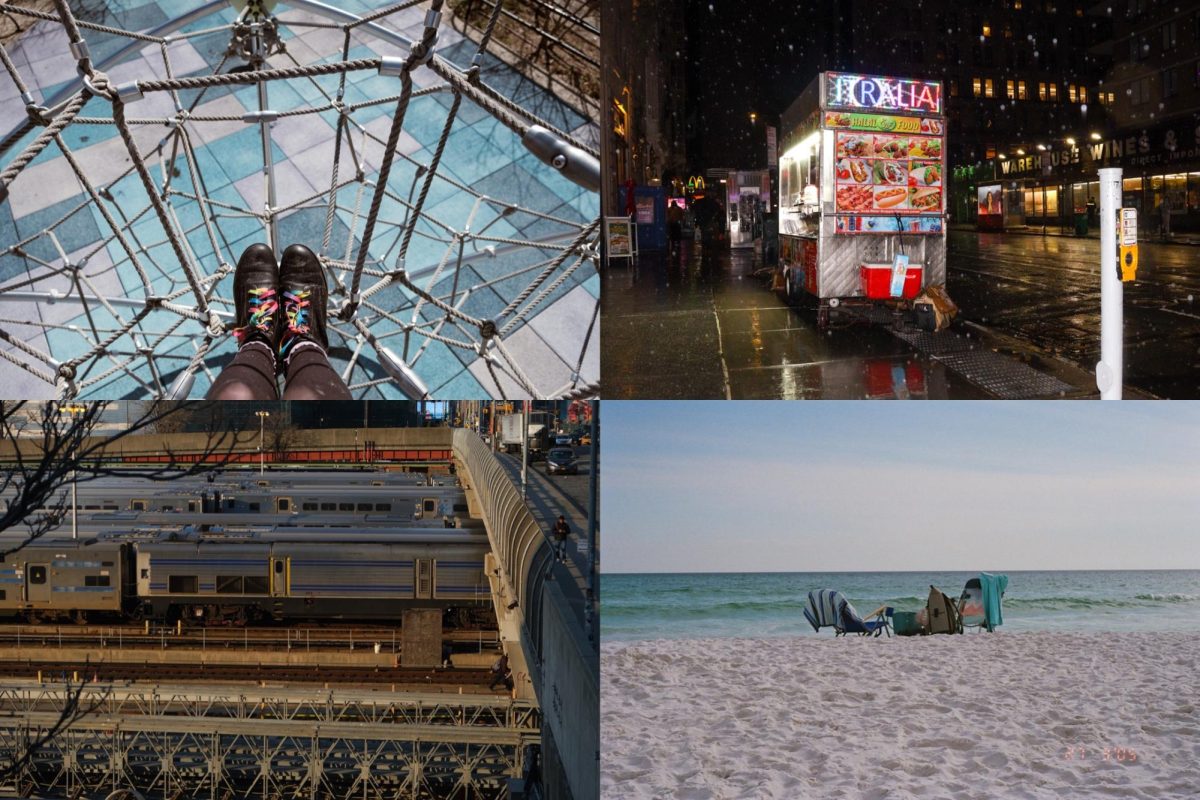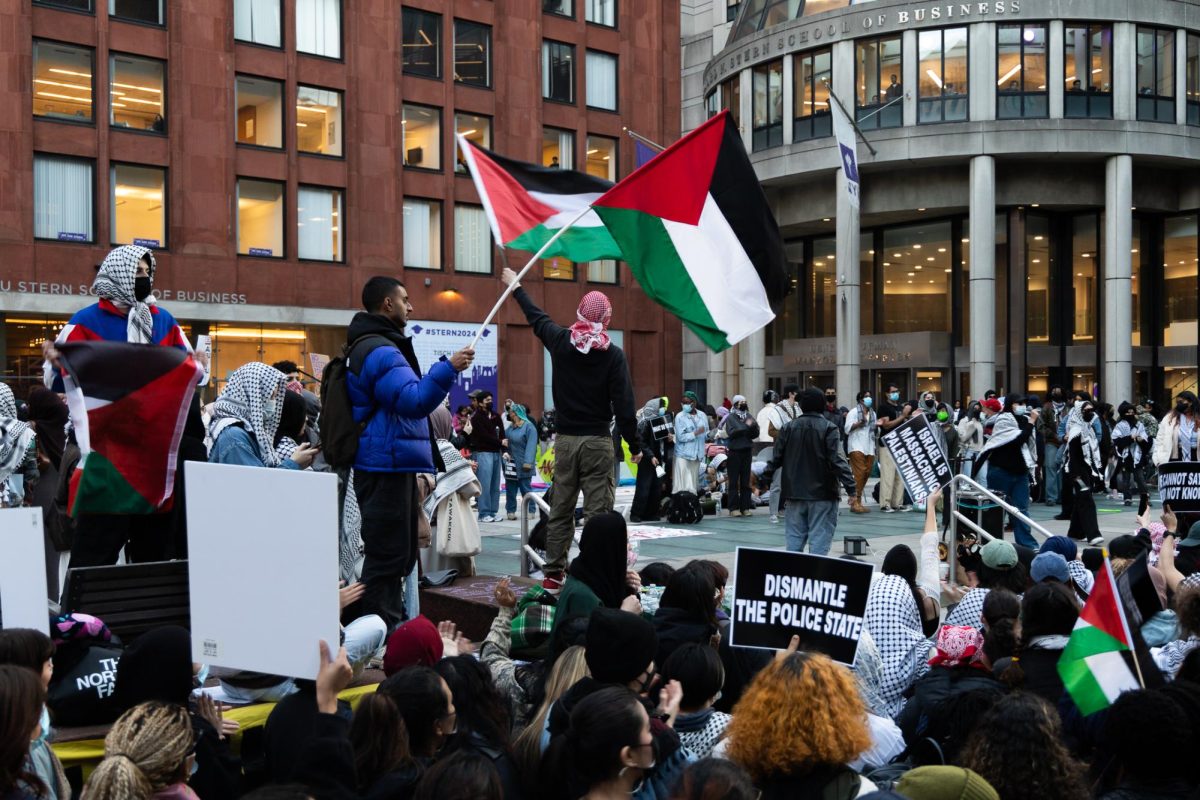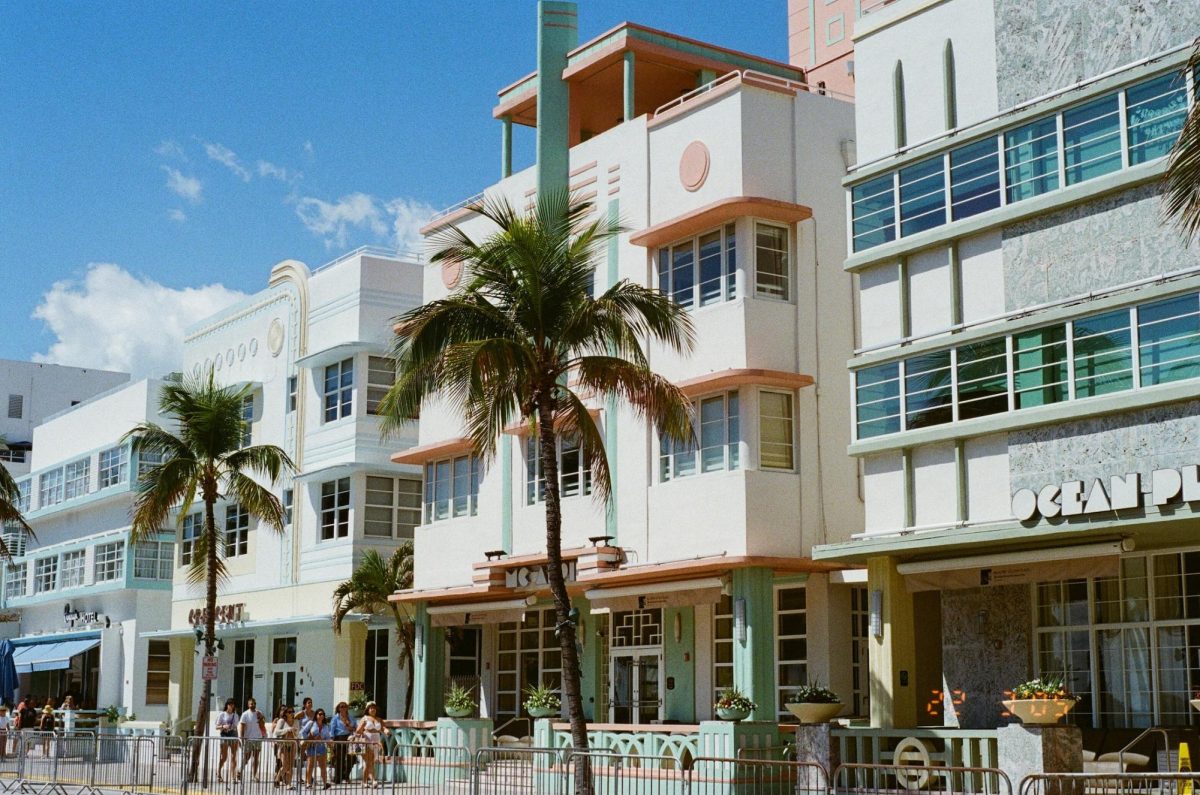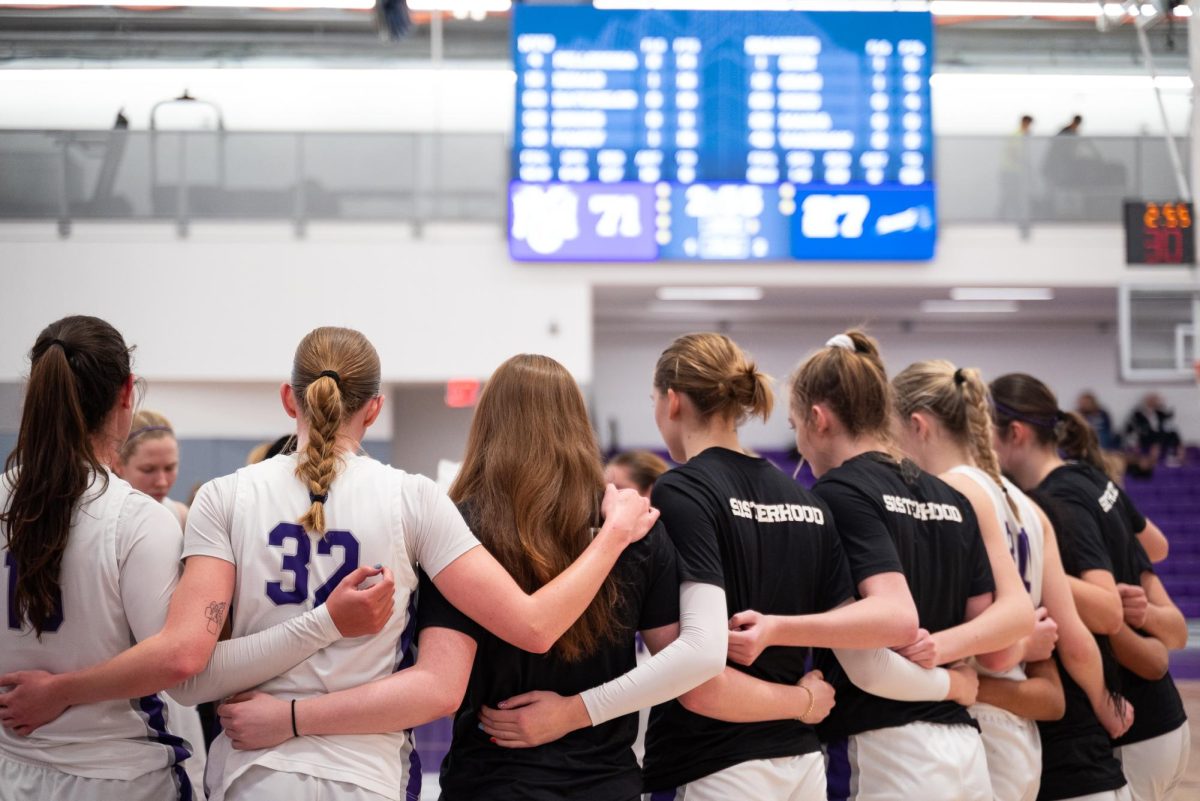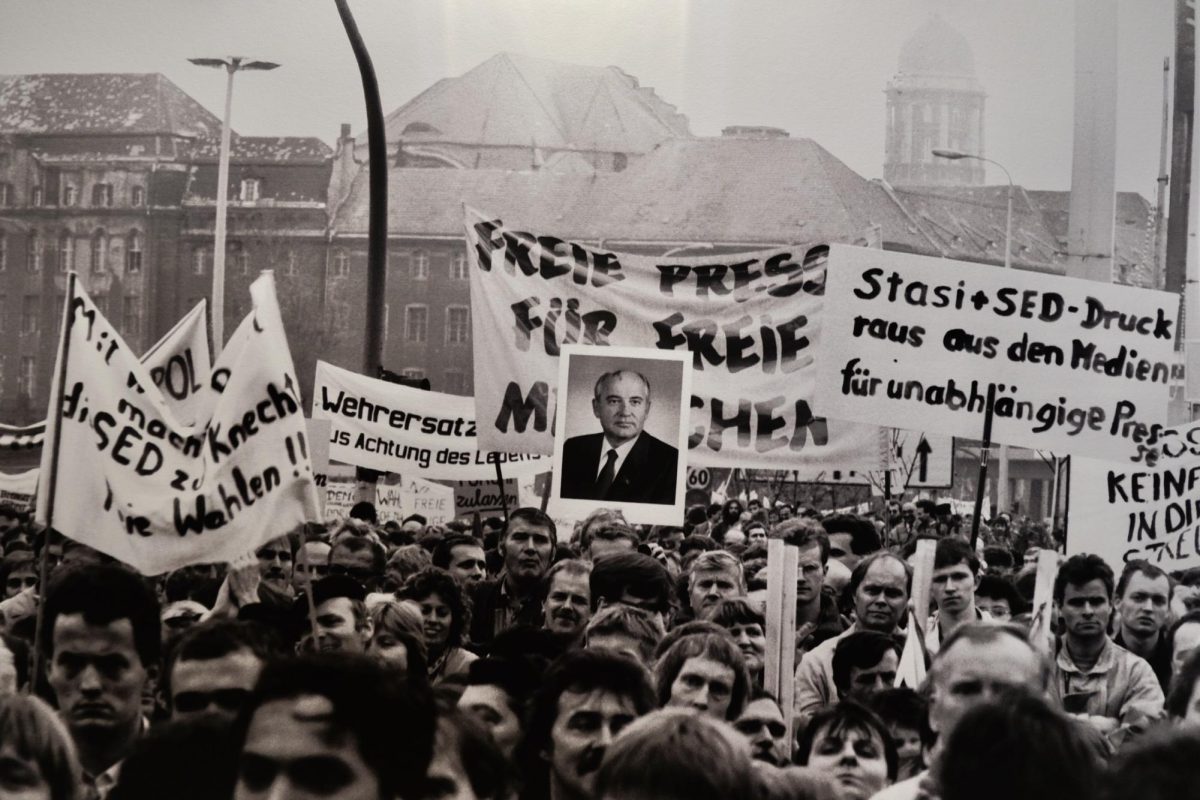Peering into the gate in front of the cobblestone of Washington Mews, NYU’s Language & Cultural Houses are a step back in time, promoting historical and artistic exchange for NYU students and the wider community. Inside the Deutsches Haus, students can go back in time almost 35 years to the fall of the Berlin Wall with filmmaker Bernd Sahling’s photo exhibition, “It’ll be OK.”
A microcosm of Sahling’s thesis film of the same name, assembled between 1988 and 1990 capturing East Germany’s punk scene, “It”ll Be OK” consists of 11 photos taken on his Praktica film camera. Sahling reflects on the revolution that swept Germany at the time with a dual purpose — recalling the widespread impact of the country’s social change and shedding light on those living through it.
The exhibition is on display as part of a partnership with University of Massachusetts Amherst’s DEFA Film Library. Despite the small volume of material, “It’ll Be OK” comfortably fits the compact and inviting space of NYU’s Deutsches Haus with its warm lighting and rustic architecture.
Visitors entering on the ground floor are greeted by “Peaceful Demonstration,” a pair of photographs taken by Sahling in 1989. They capture a crowd of over 500,000 people in the Alexanderplatz demonstration on Nov. 4, 1989, who were protesting for political reforms against the German Democratic Republic, just five days before the fall of the Berlin Wall. Sahling takes an eye-level perspective in the first photo, showing the crowd holding pictures of former Soviet Union president Mikhail Gorbachev behind a slogan reading “free press for a free people.” The second picture shifts to a high angle that focuses on the magnitude of the crowd as it moved in unison. Combined, the two pictures are a straightforward, impactful introduction to the content of the exhibition, and their intensified power while standing together.
“Peaceful Demonstration” is placed next to a full-body portrait photo of Stummel, the punk musician whose life Sahling documented from November 1987 to March 1988. In “Mother from the West Meets Border Guard from the East,” the ambiguous expression of a child’s face, frozen between a laugh and crying, encapsulates the position of children’s innocence amid the country’s tensions and the indiscriminate hardship experienced by those within the Berlin Wall. While “Peaceful Demonstration” showed the largest scale of Sahling’s pictures, the photo is “It’ll Be OK” at its most emotionally resonant.
“Peaceful Demonstration” takes on a new meaning as you walk past the piece on your way out of the exhibition. In the face of social division and turmoil, being “OK” is something achieved through other people, and through seeking comfort in your friends and family rather than society.
Throughout “It’ll Be OK,” Sahling invites the viewer to look past the binaries of East Germany’s historical context — as well as the exhibition’s artistic medium itself — into the interior lives of the people captured rather than reducing it to just another revolt. Acknowledging the history but spotlighting the individuals who lived through it, Sahling reminds viewers to recognize each other’s humanity.
The exhibition “It’ll Be OK” is open to the public through Oct. 31, with a screening of the film scheduled for Oct. 15. Email reservations can be made at [email protected], and details for the screening can be found here.
Contact Kaleo Zhu at [email protected].

